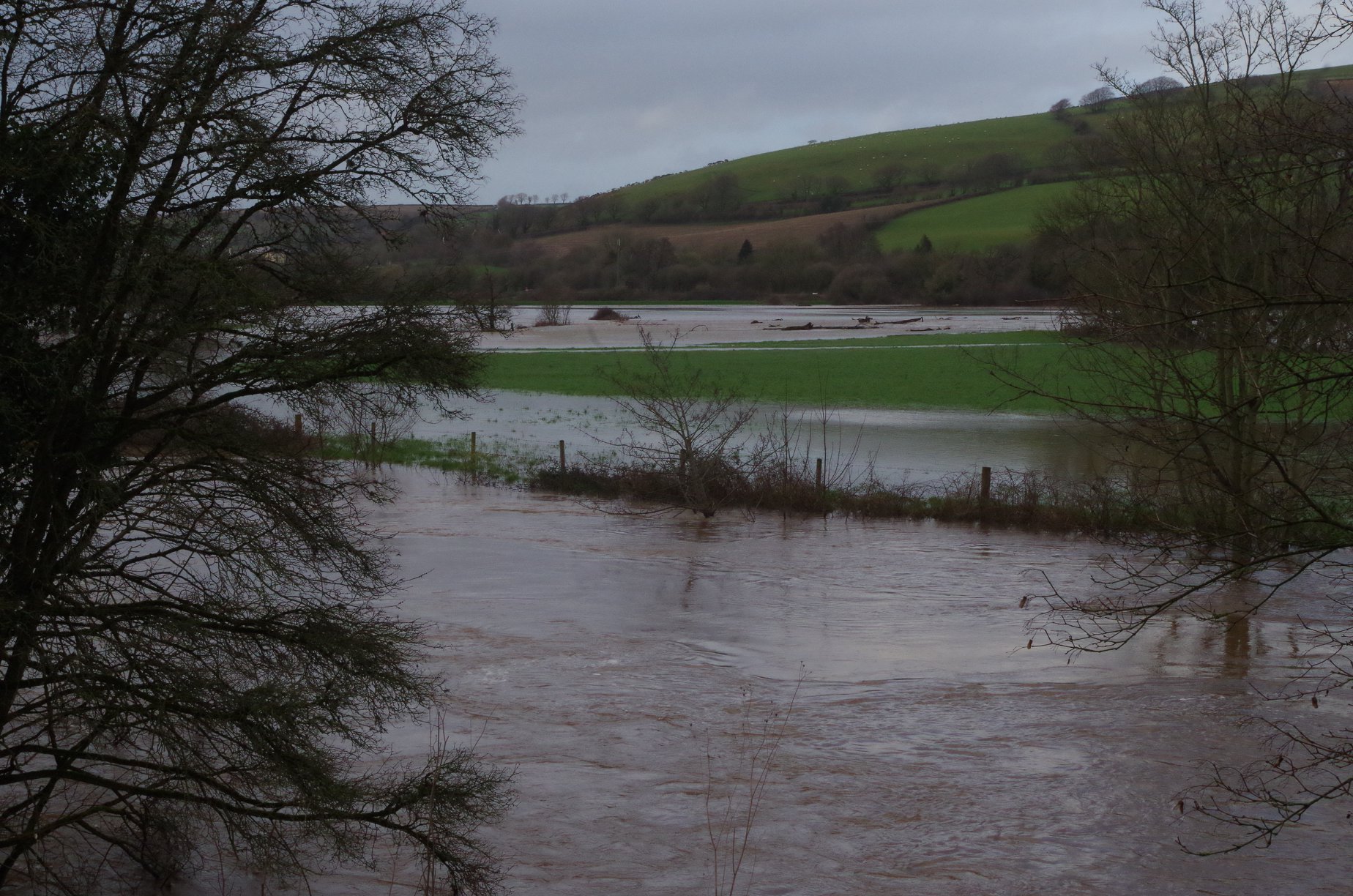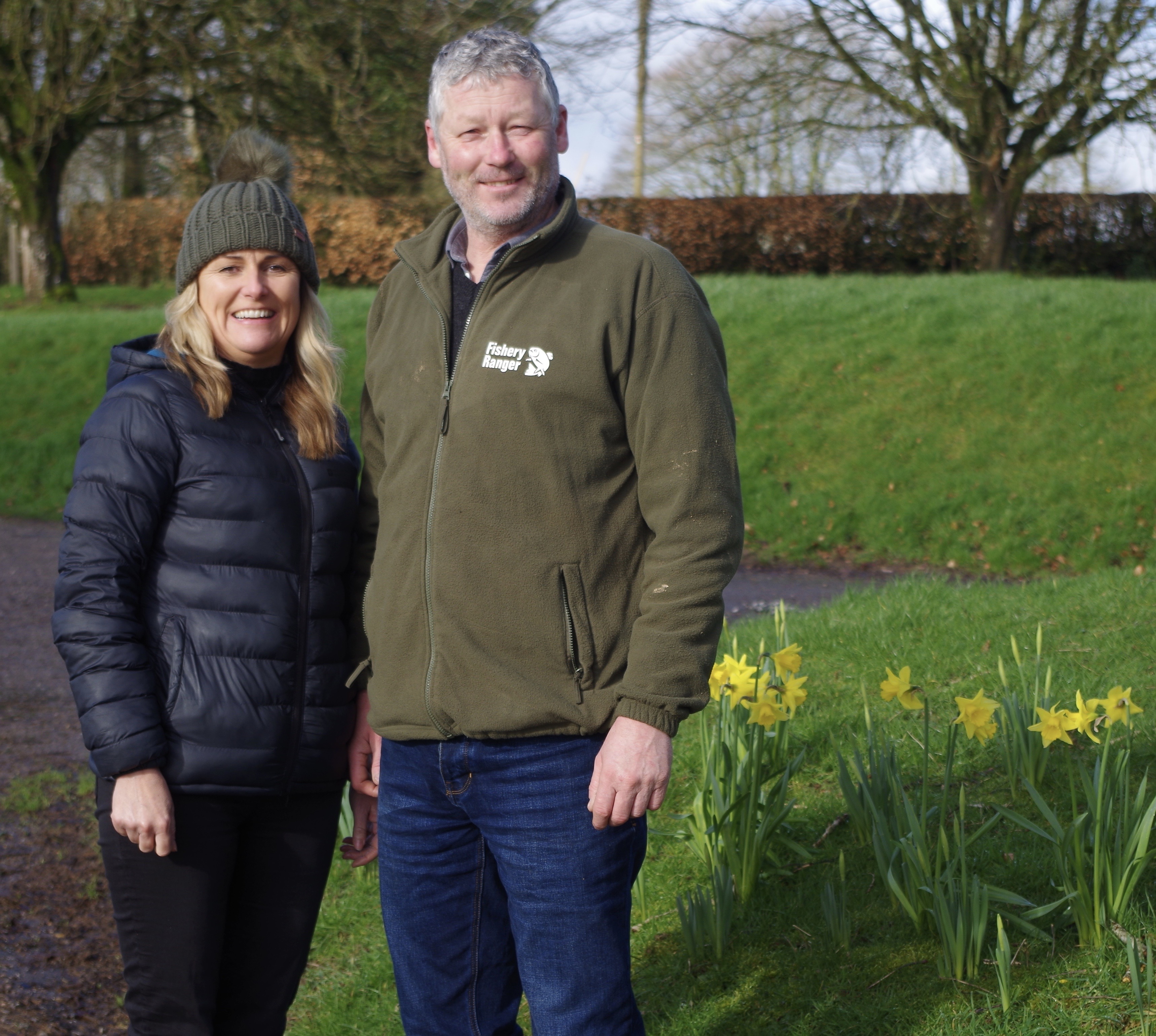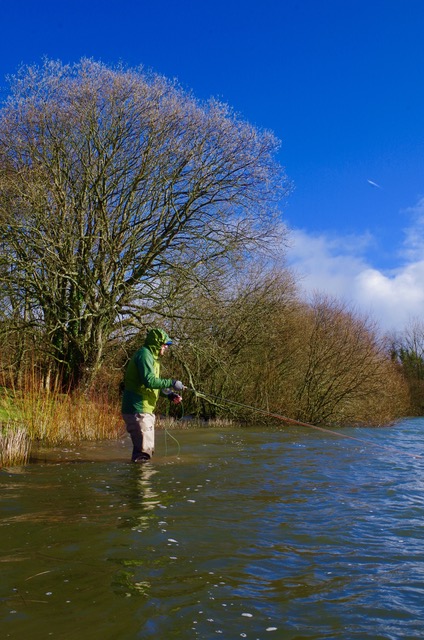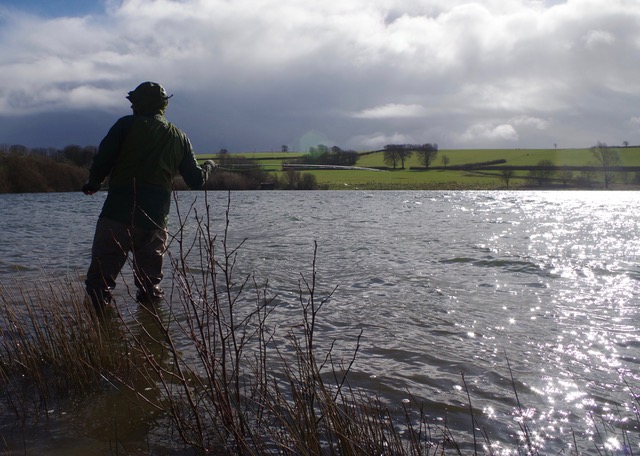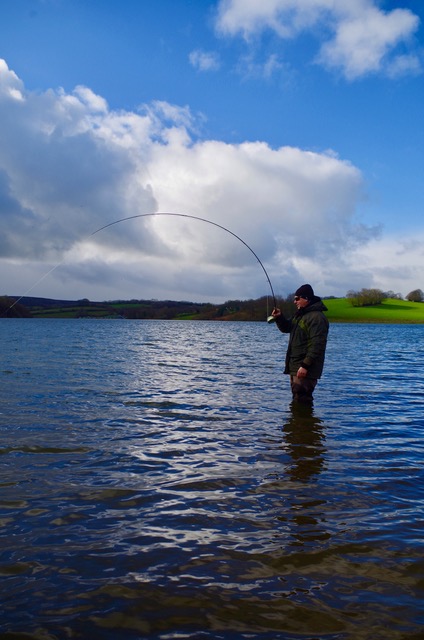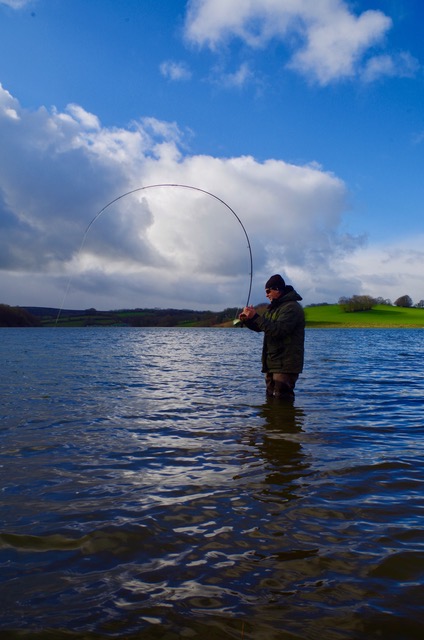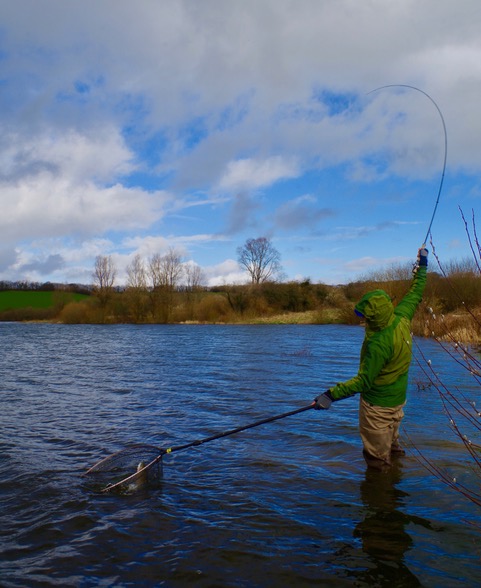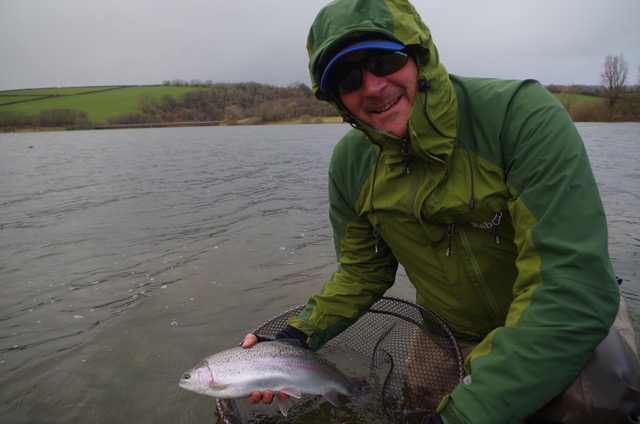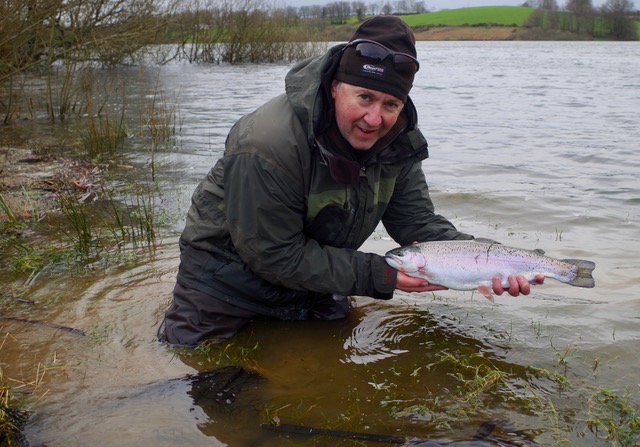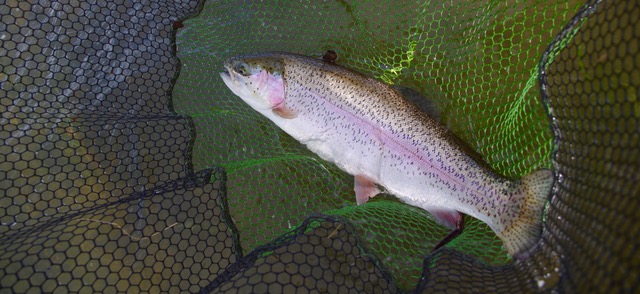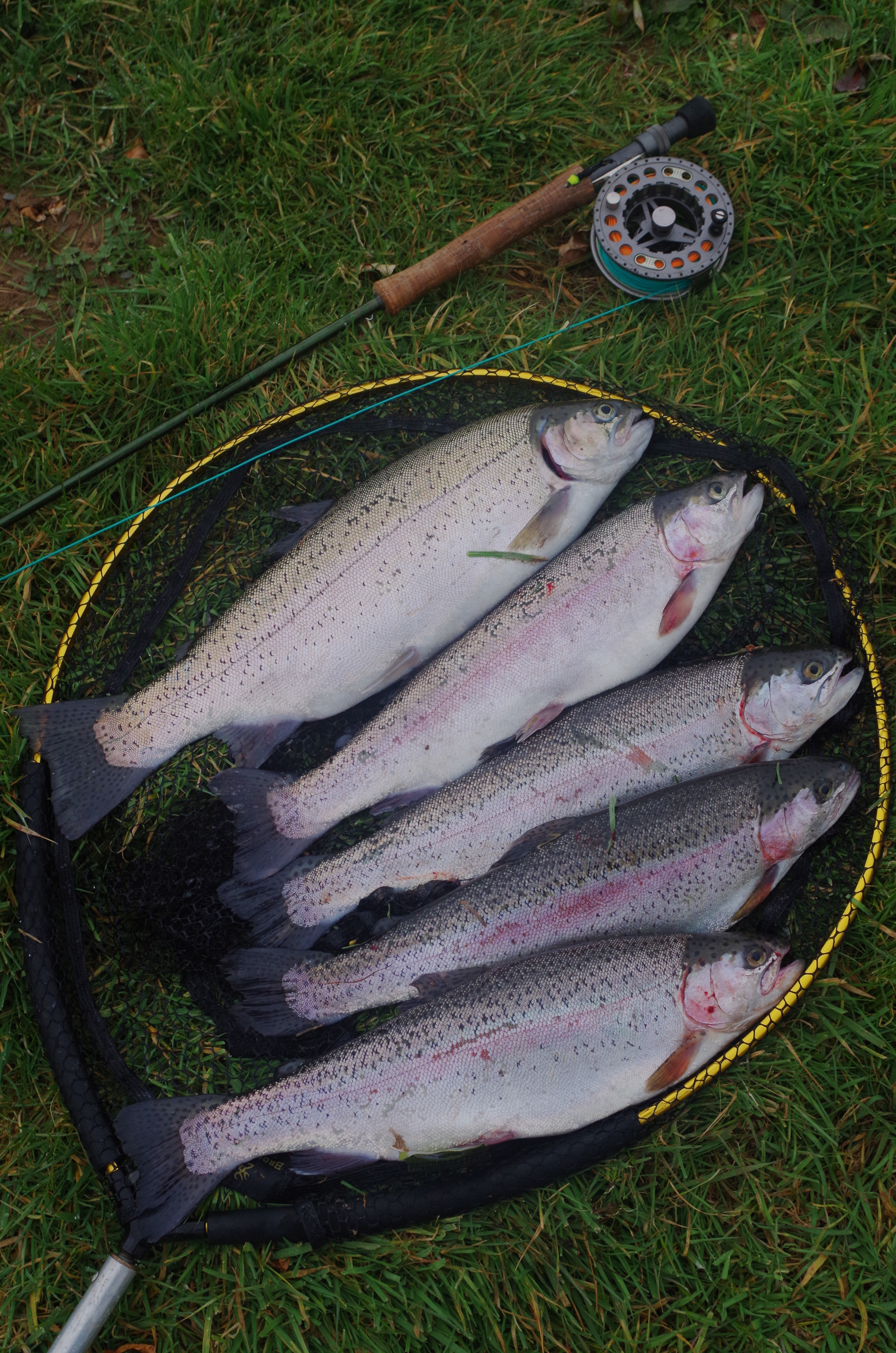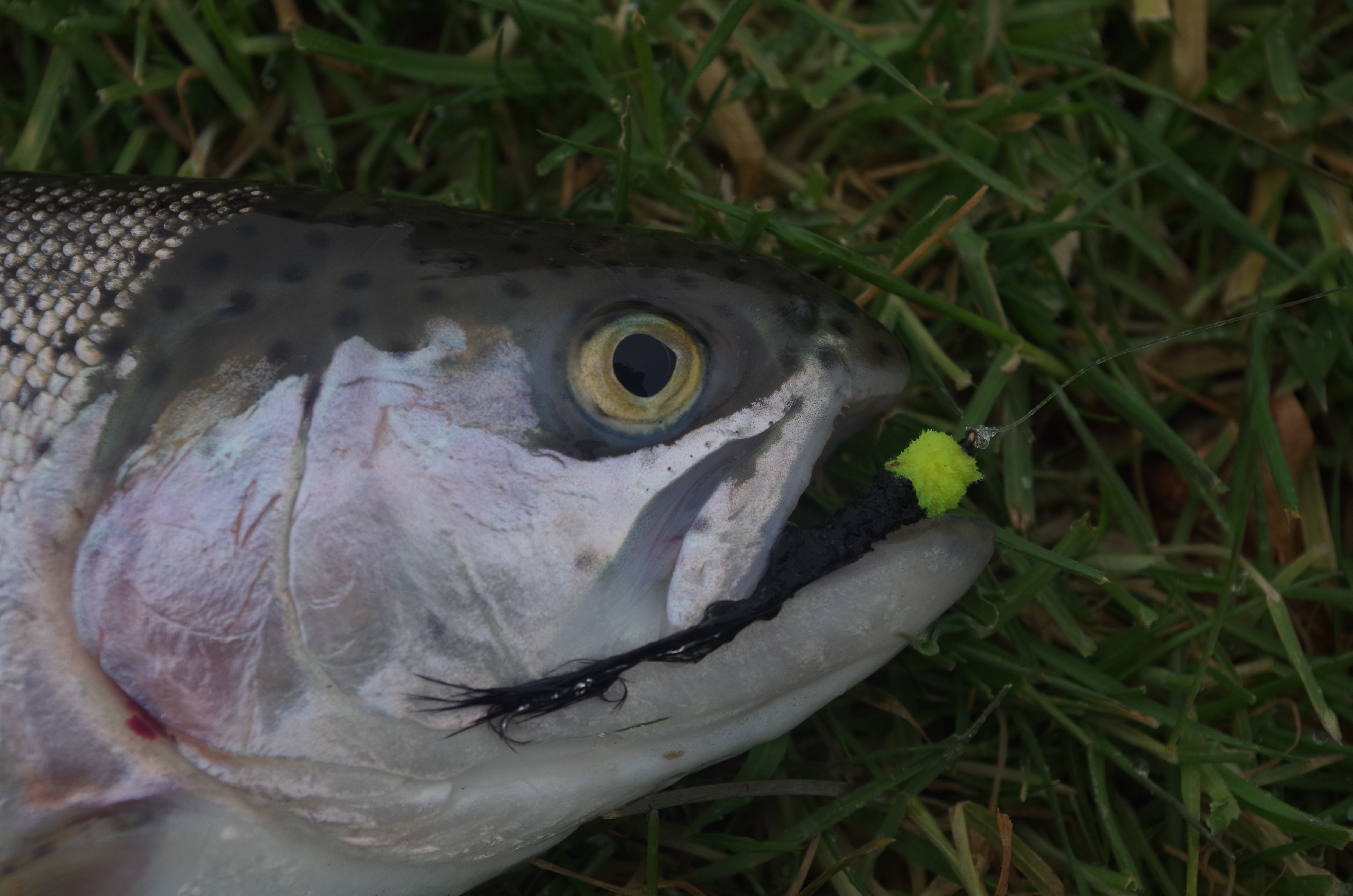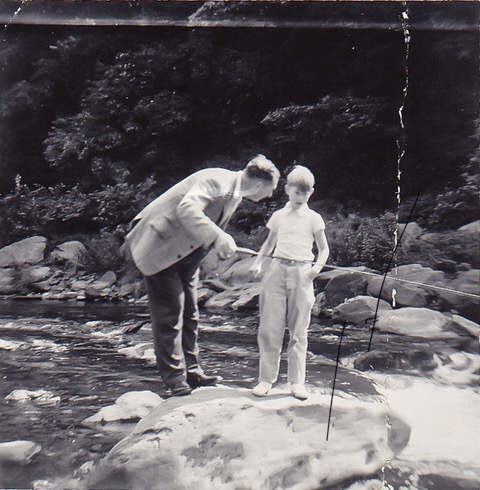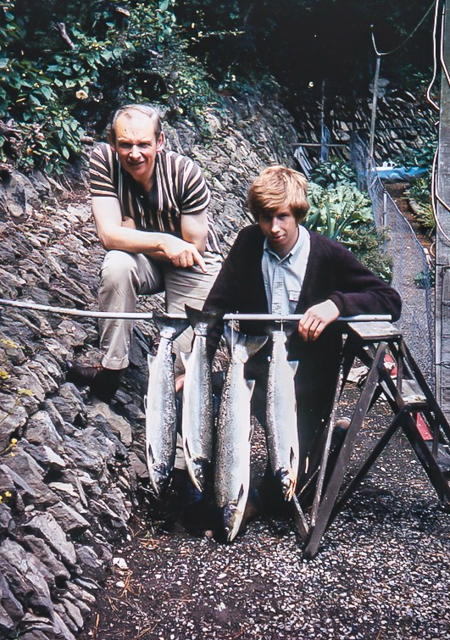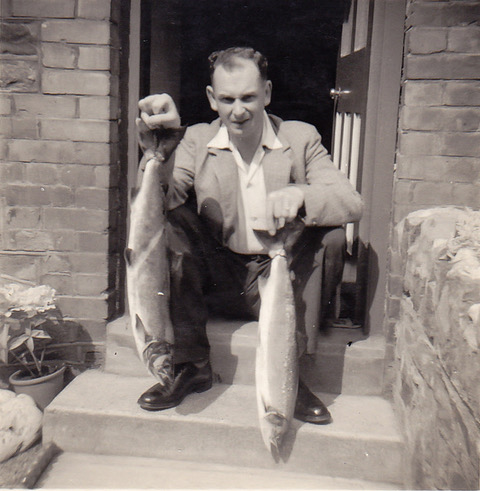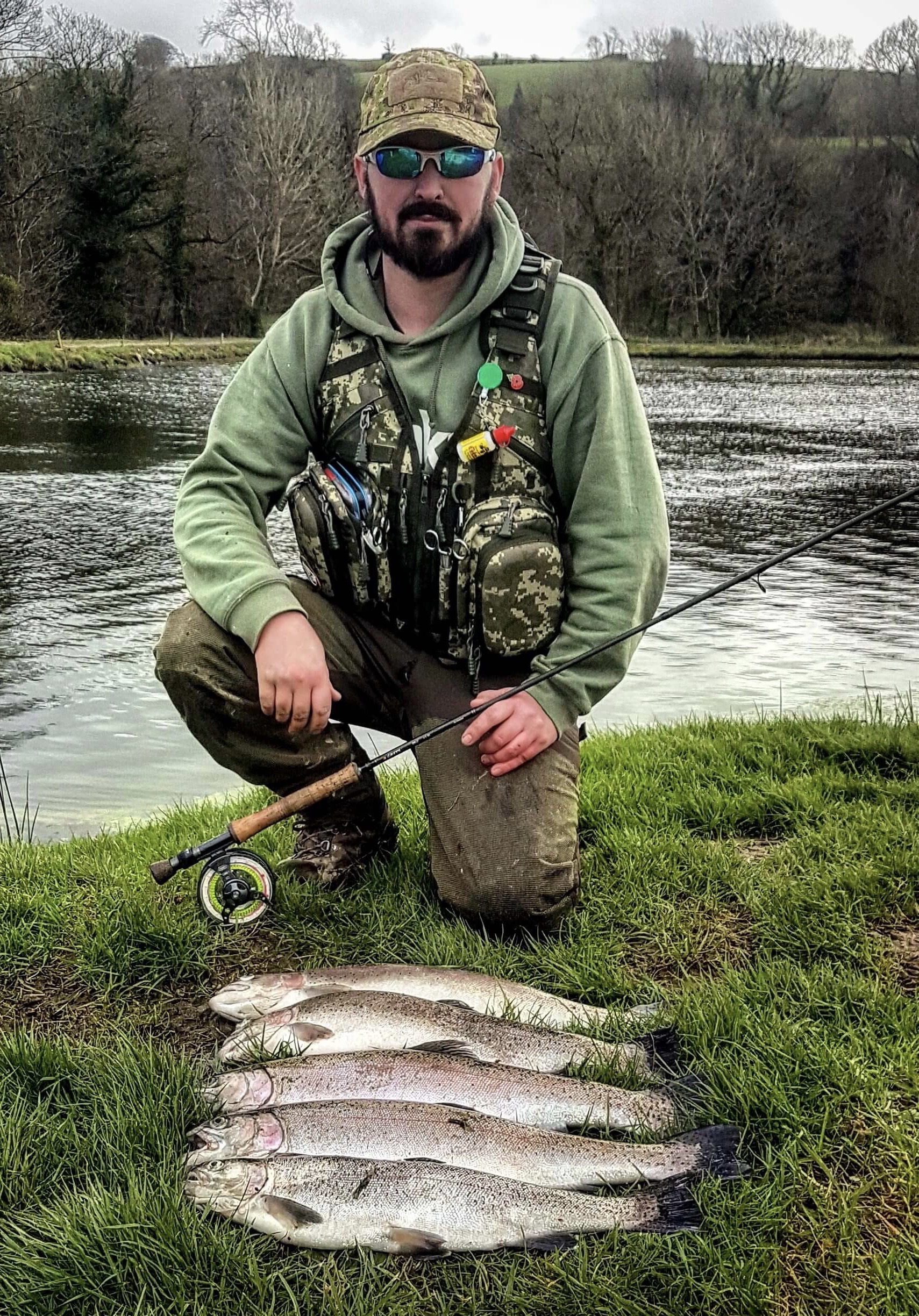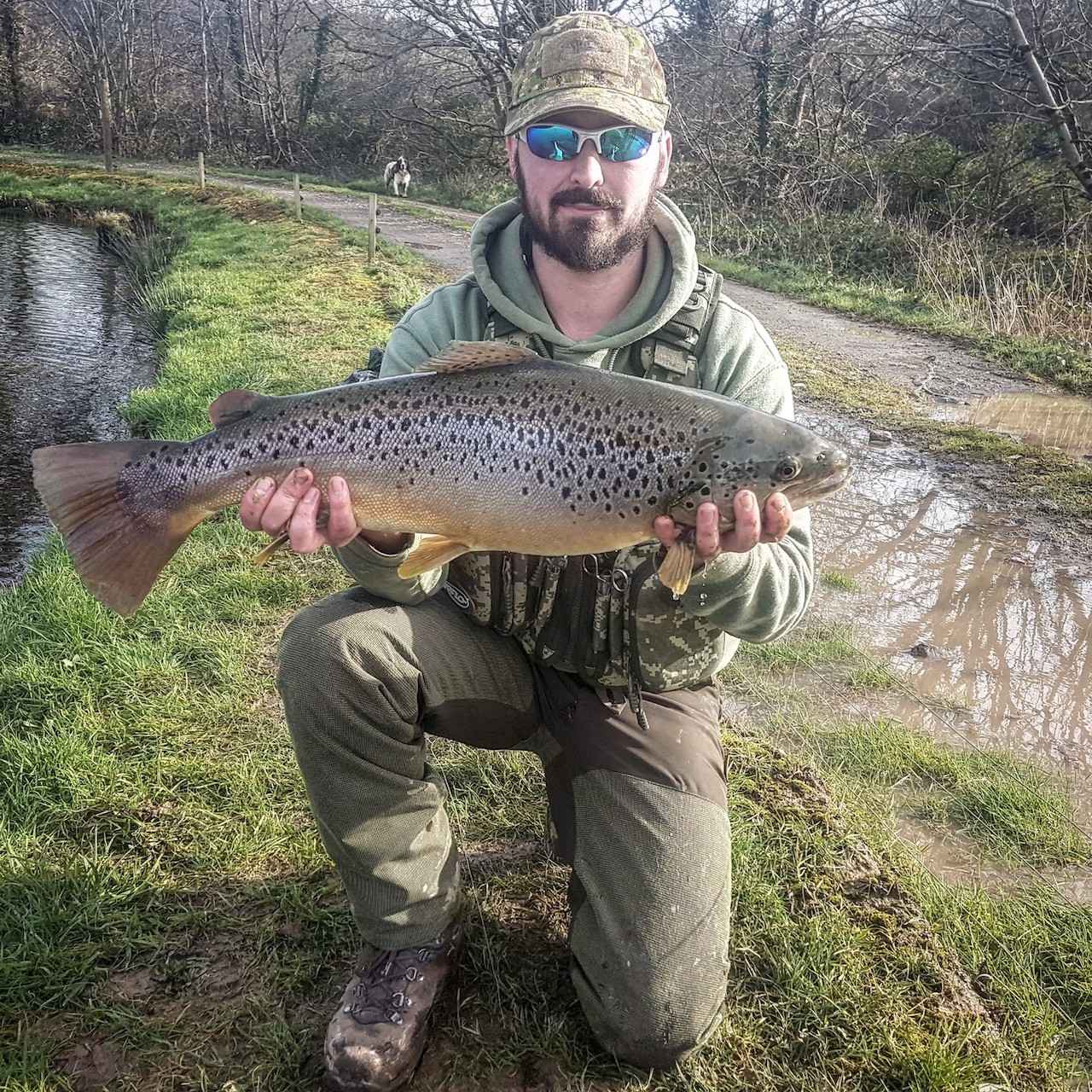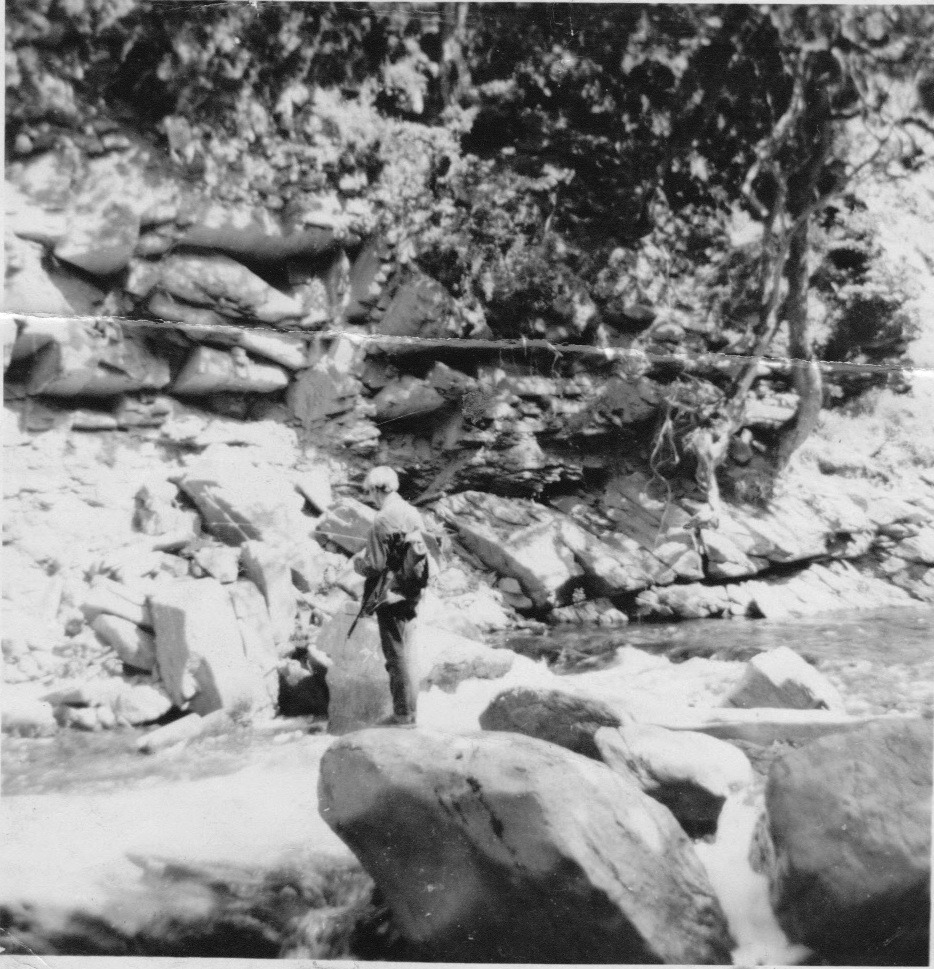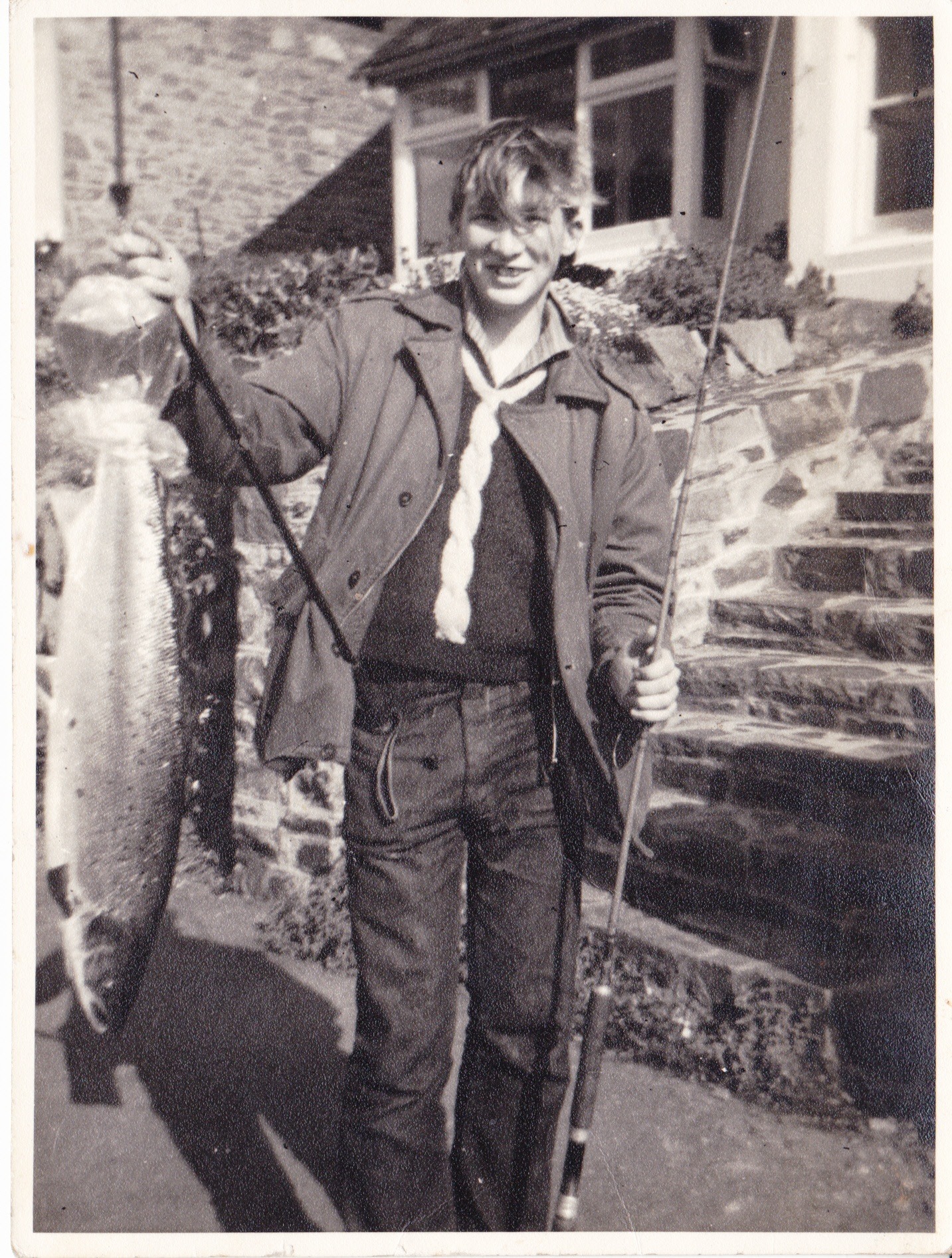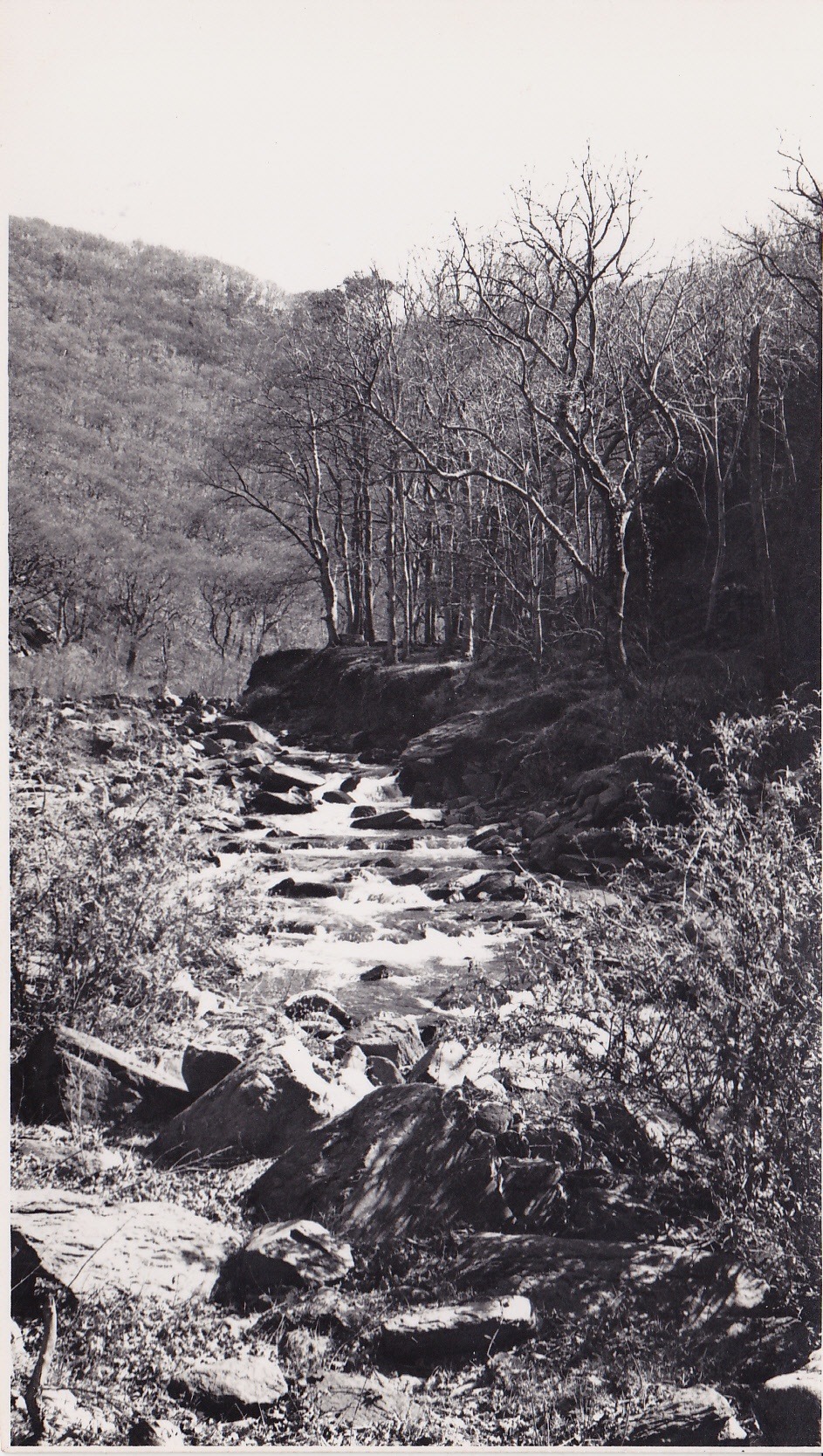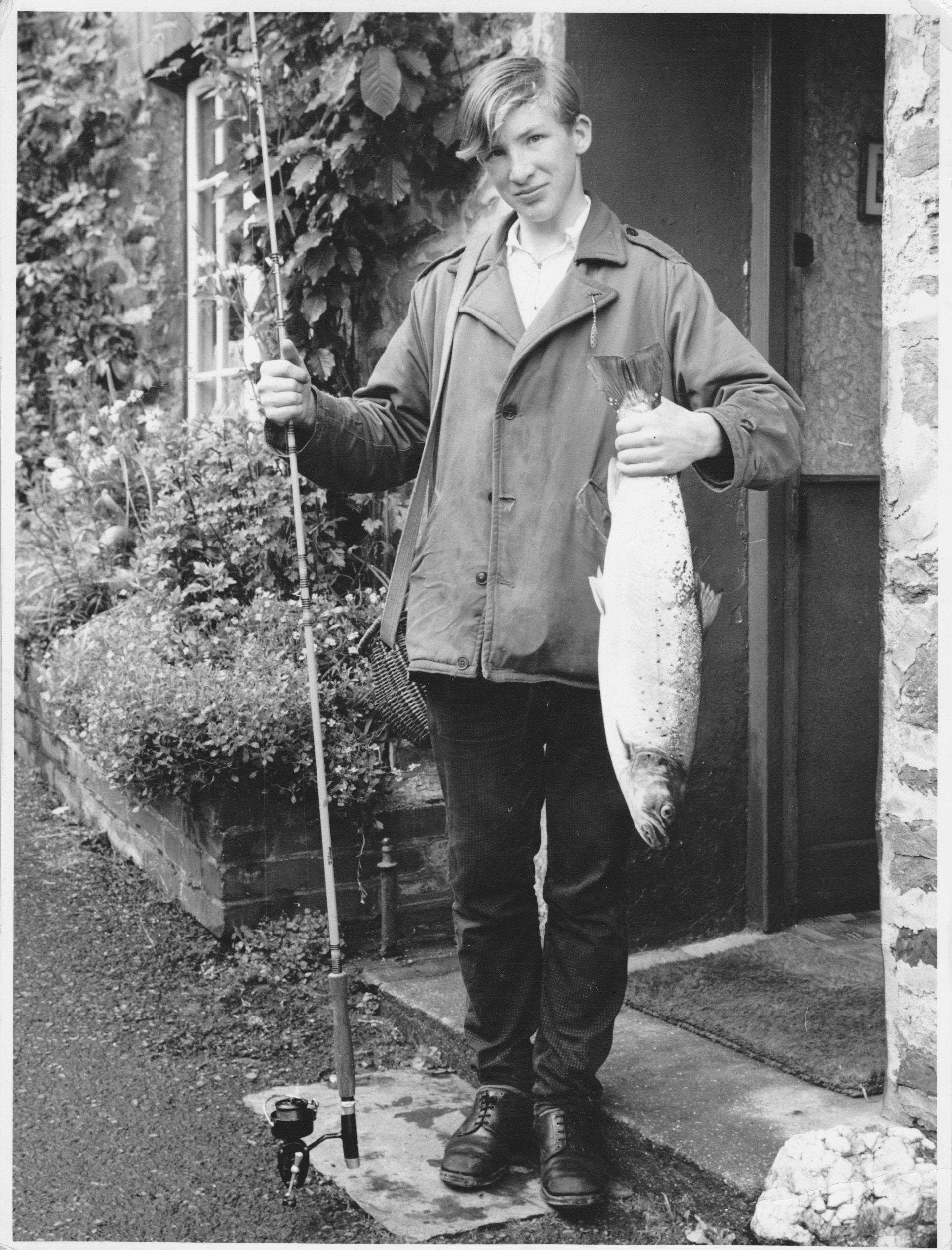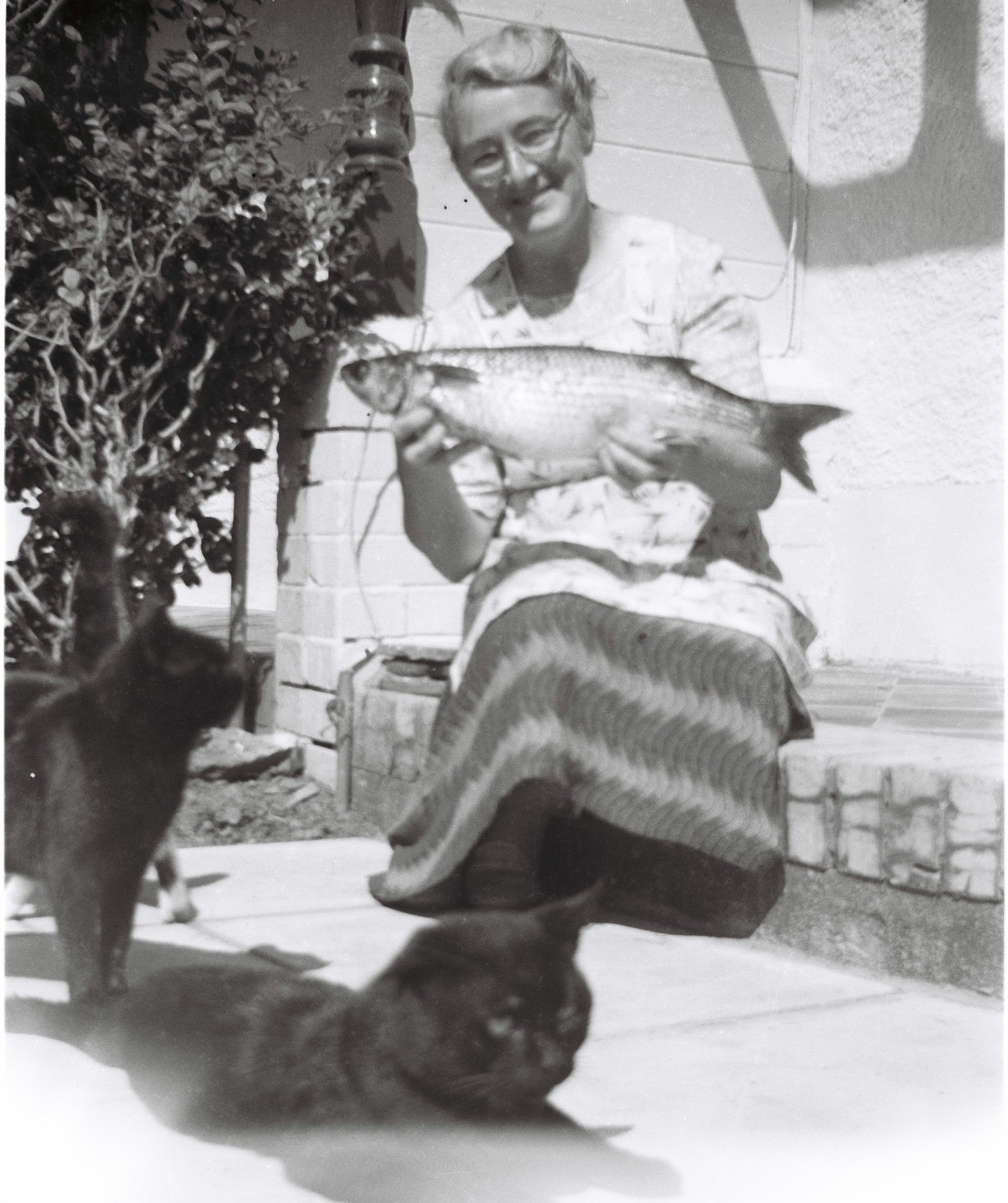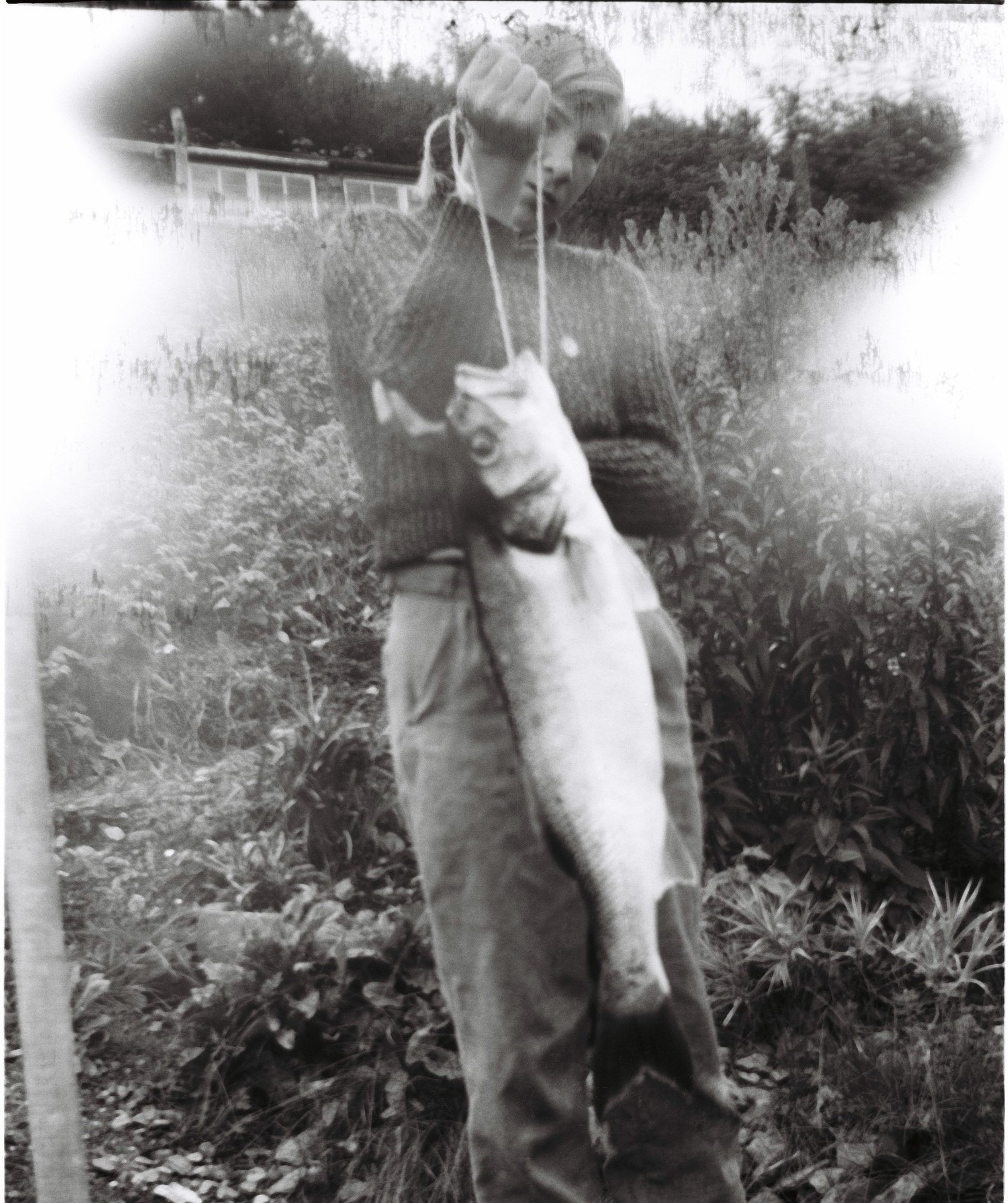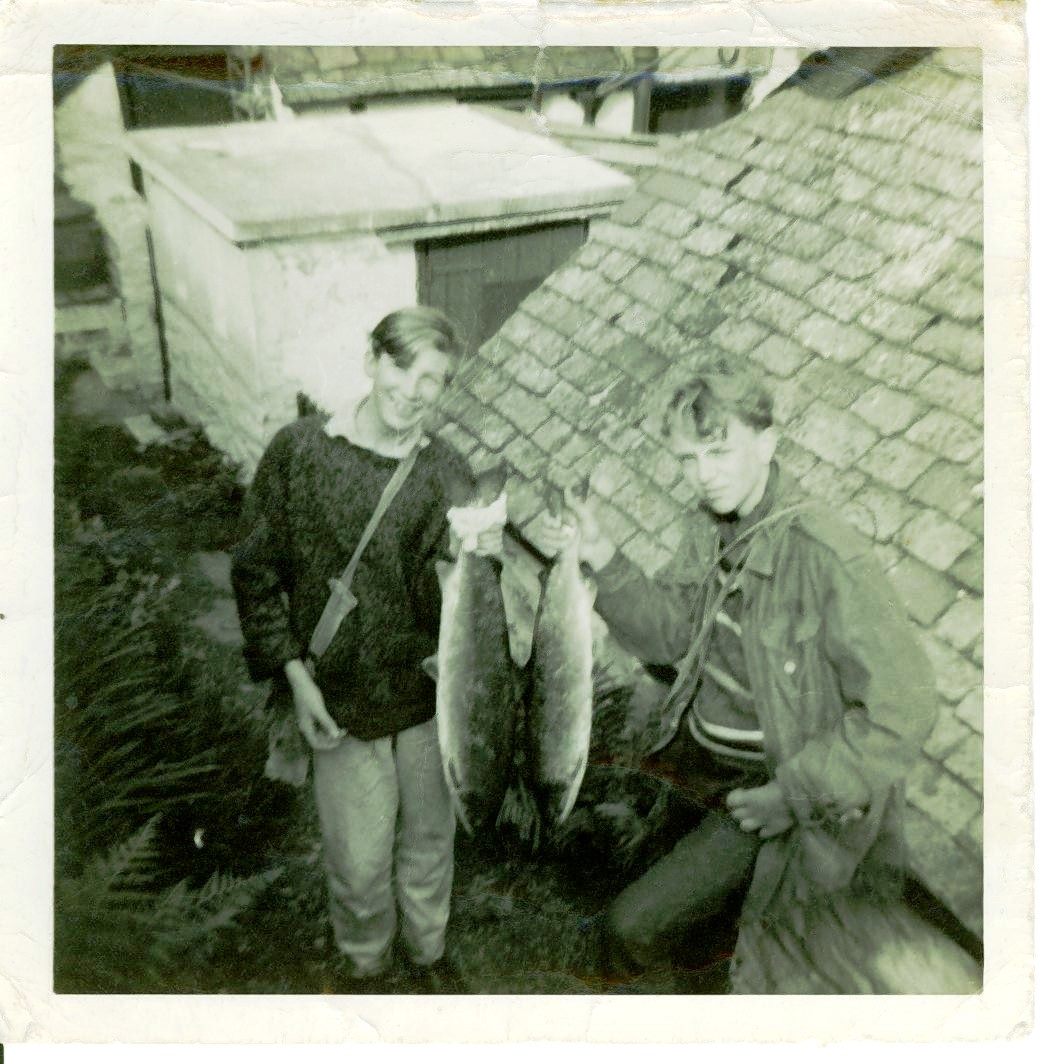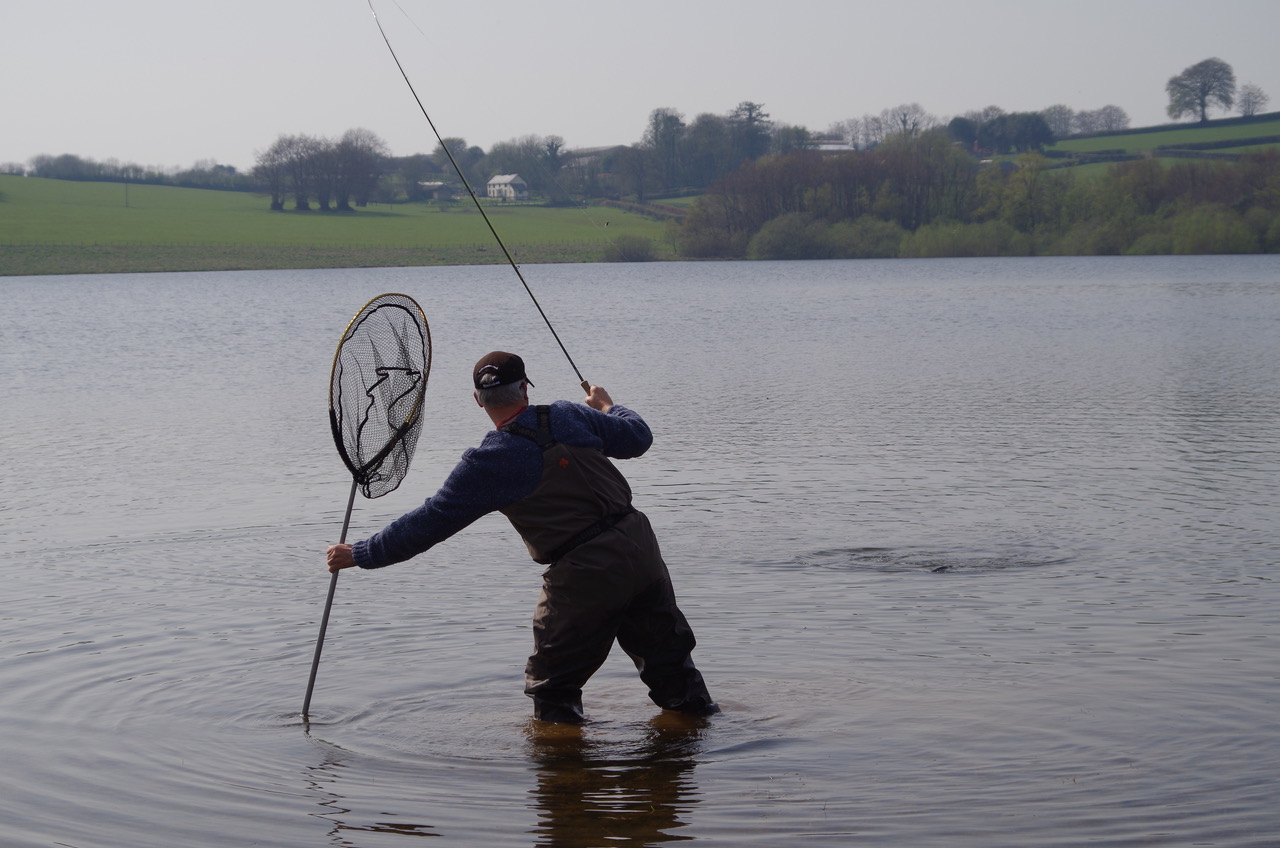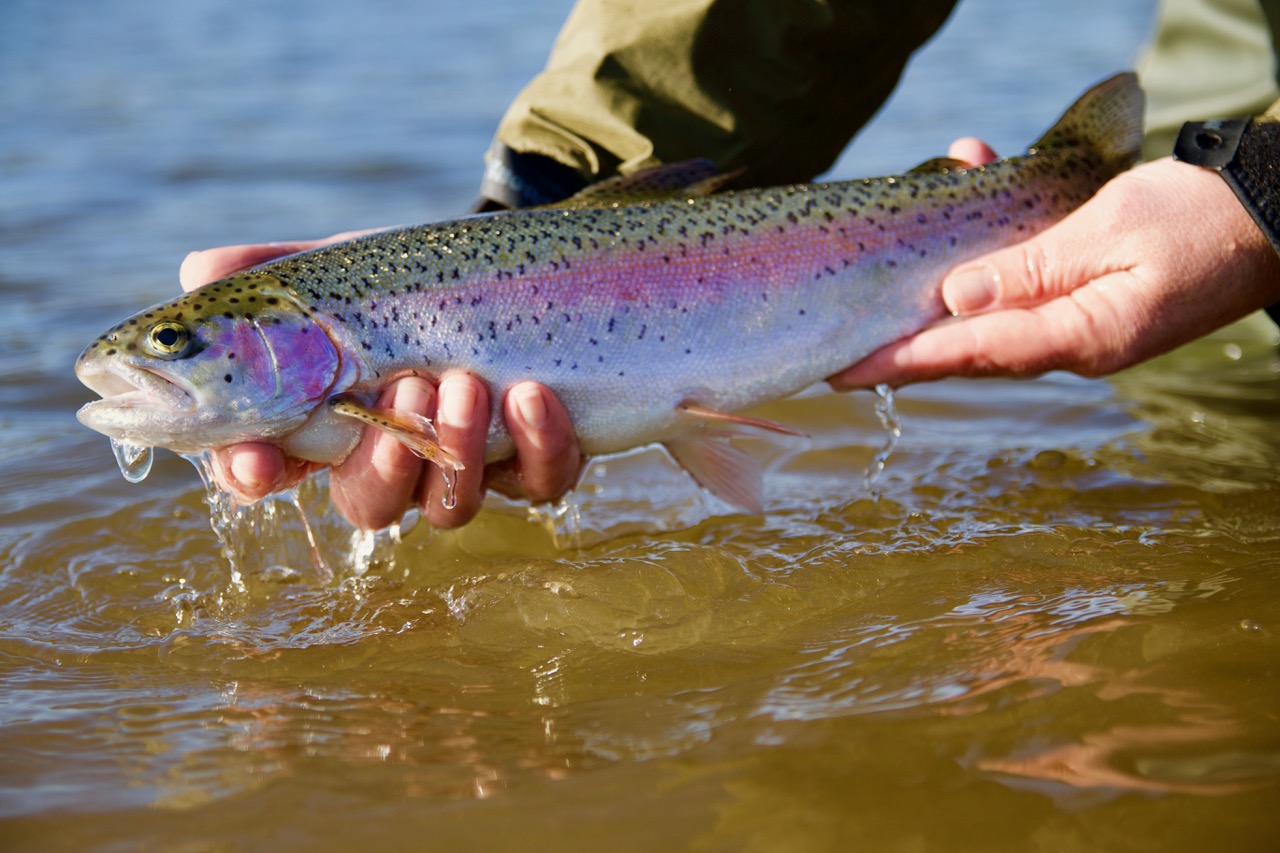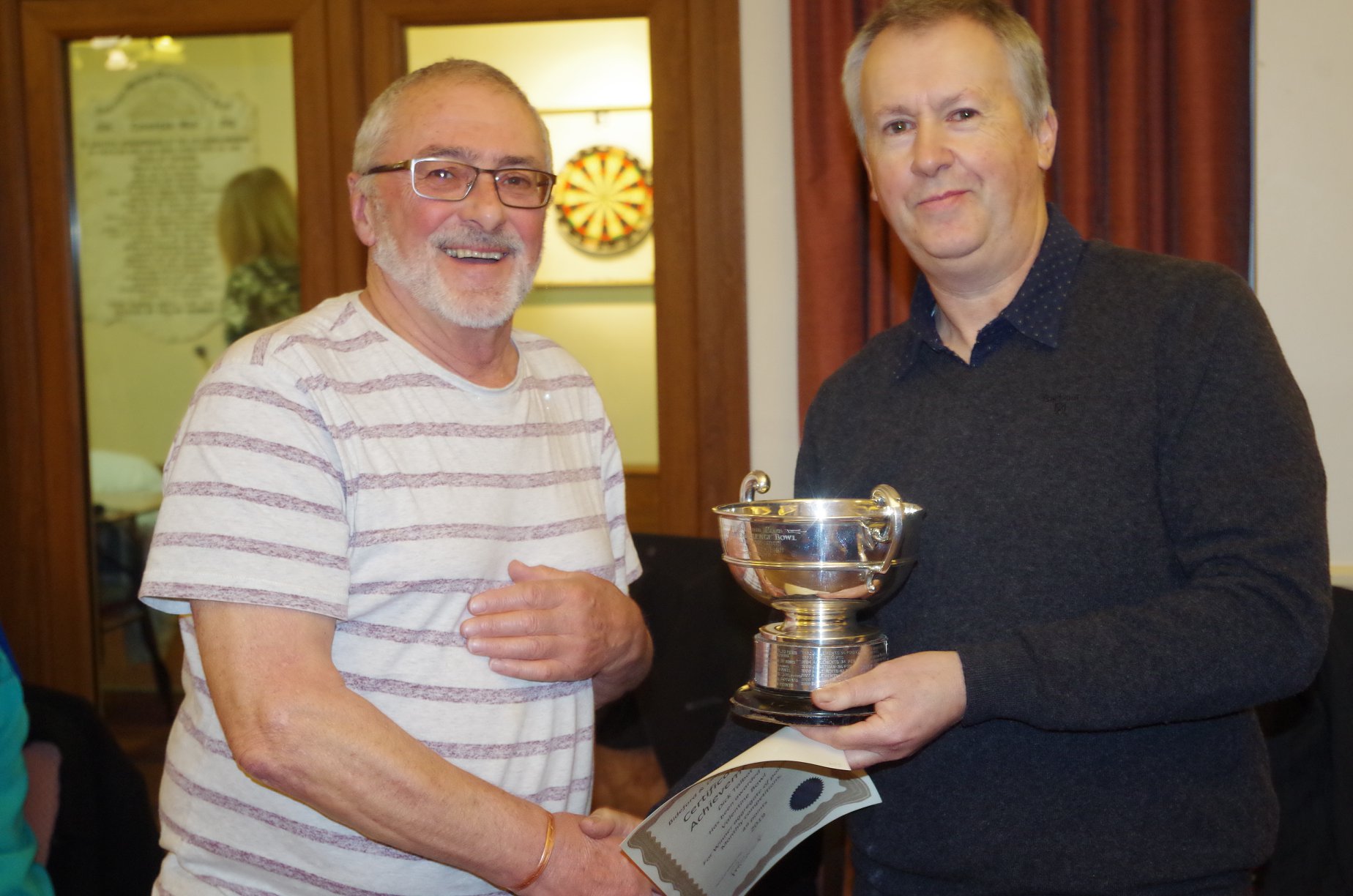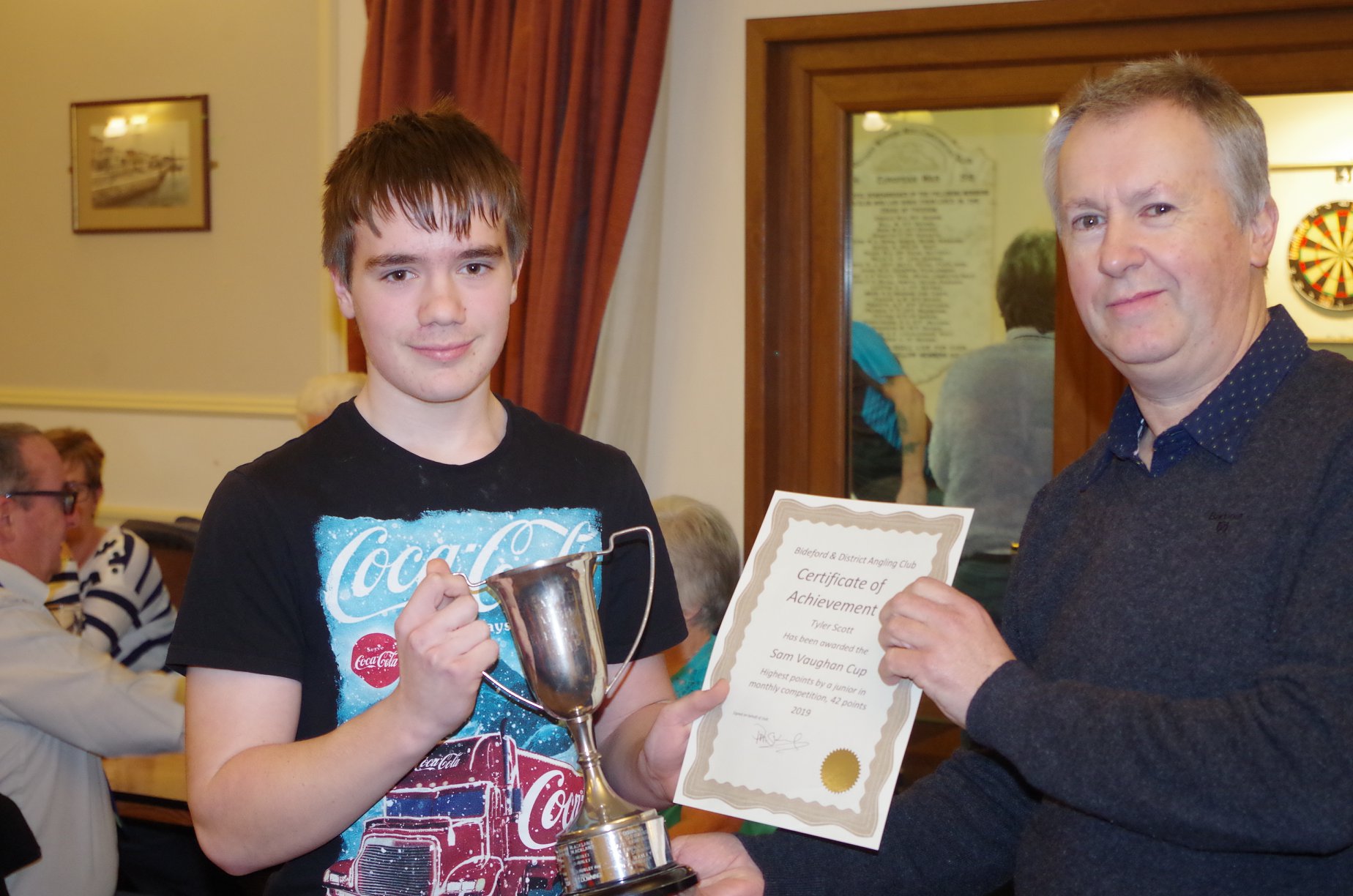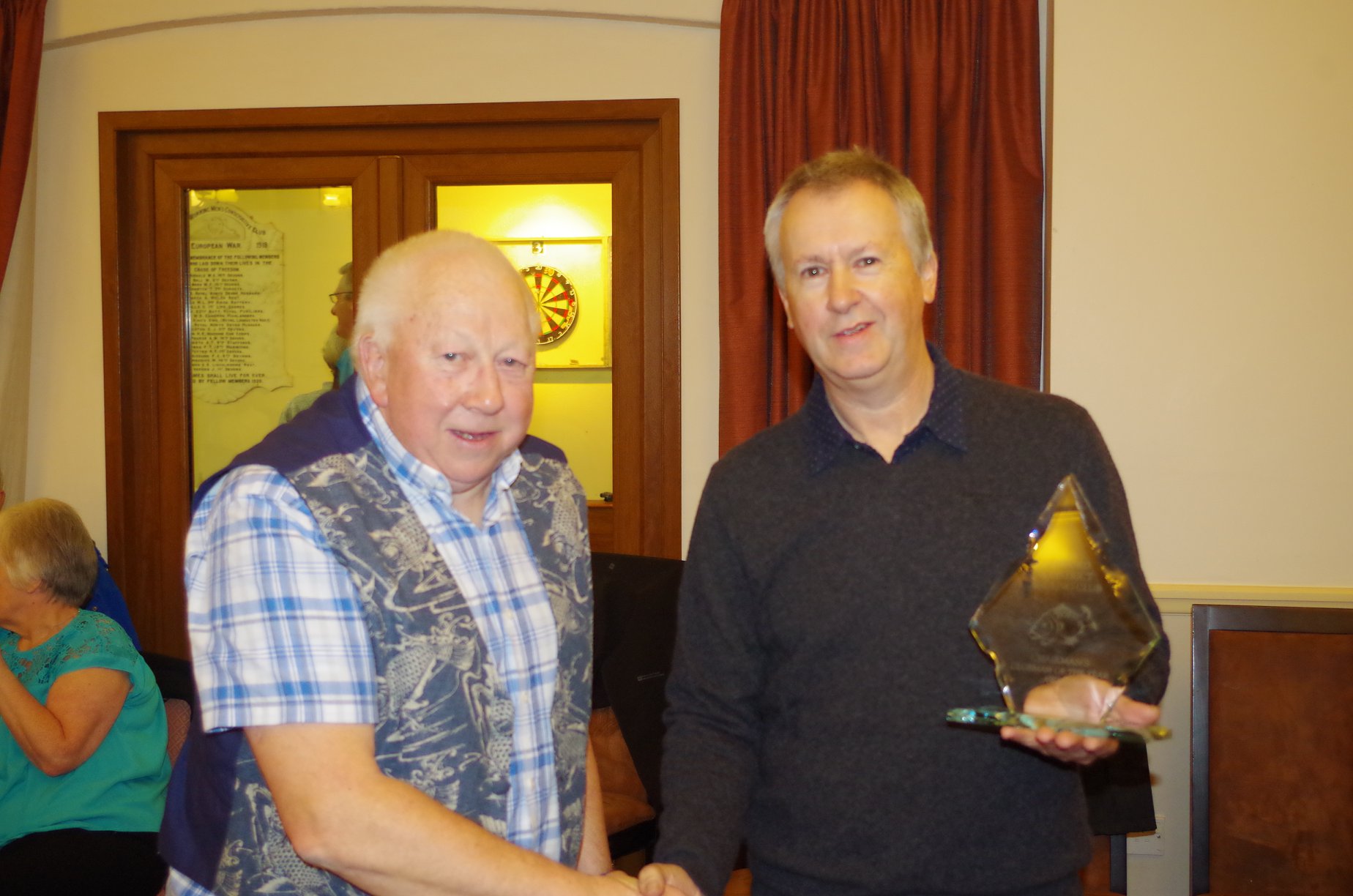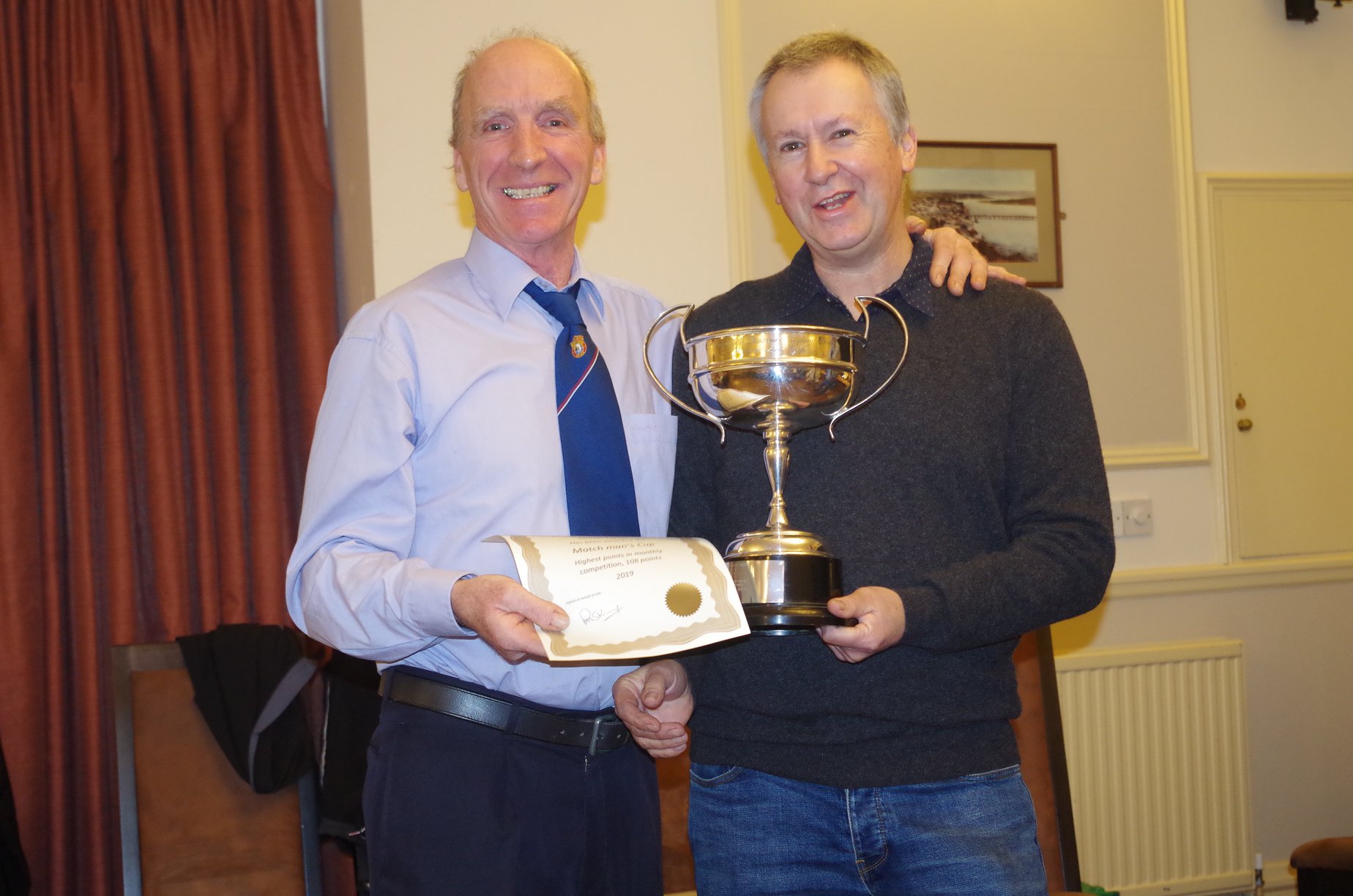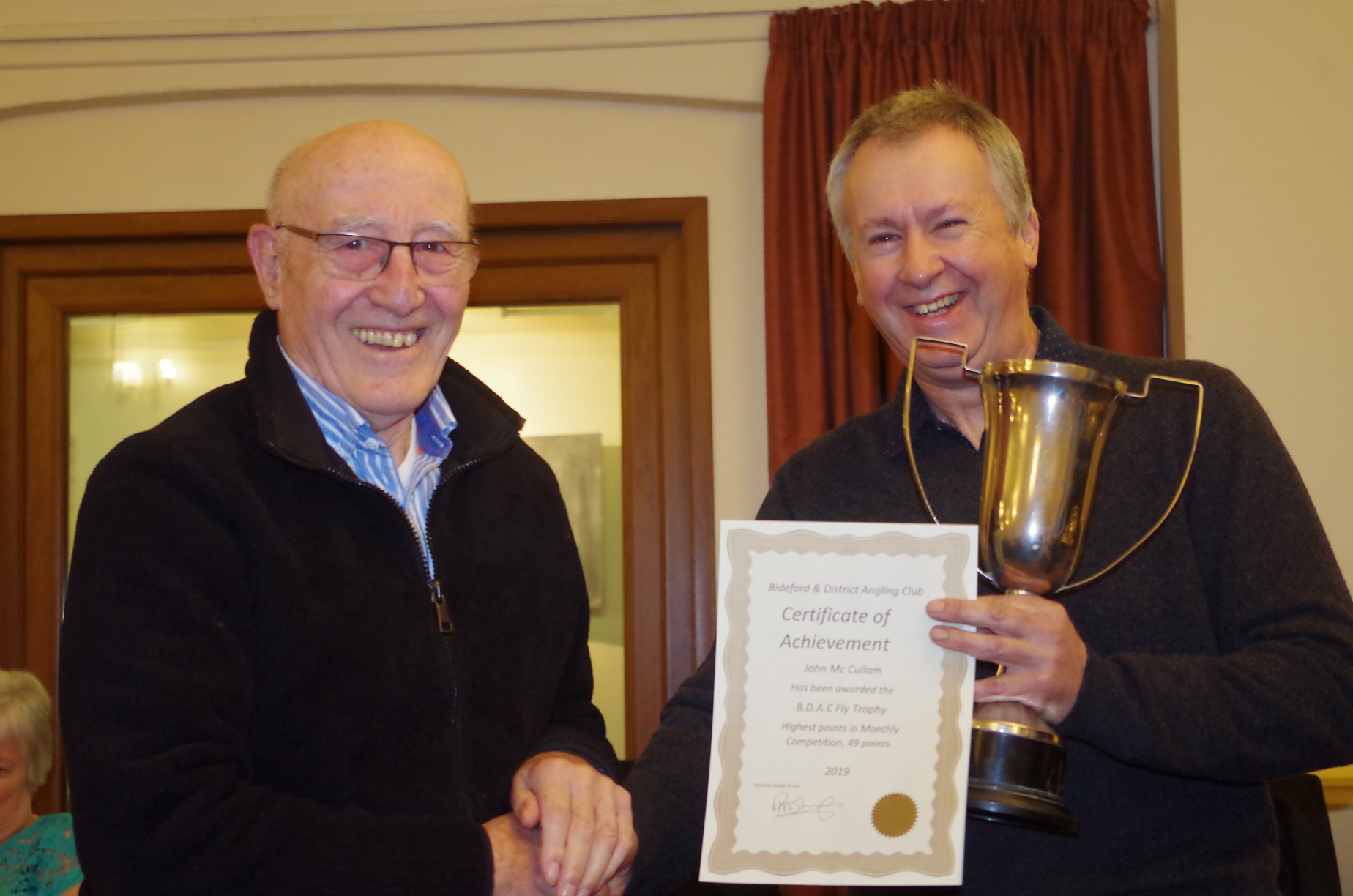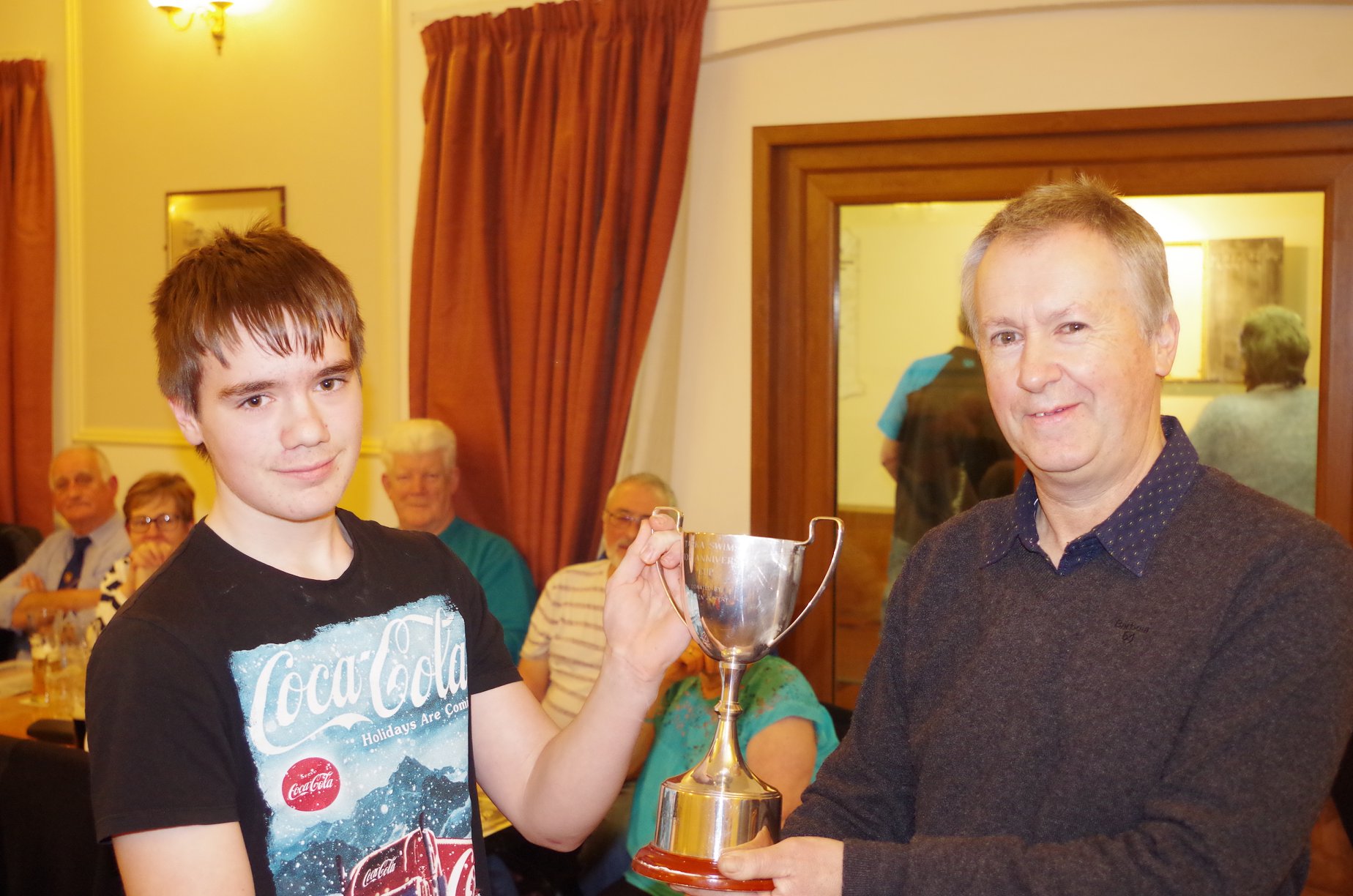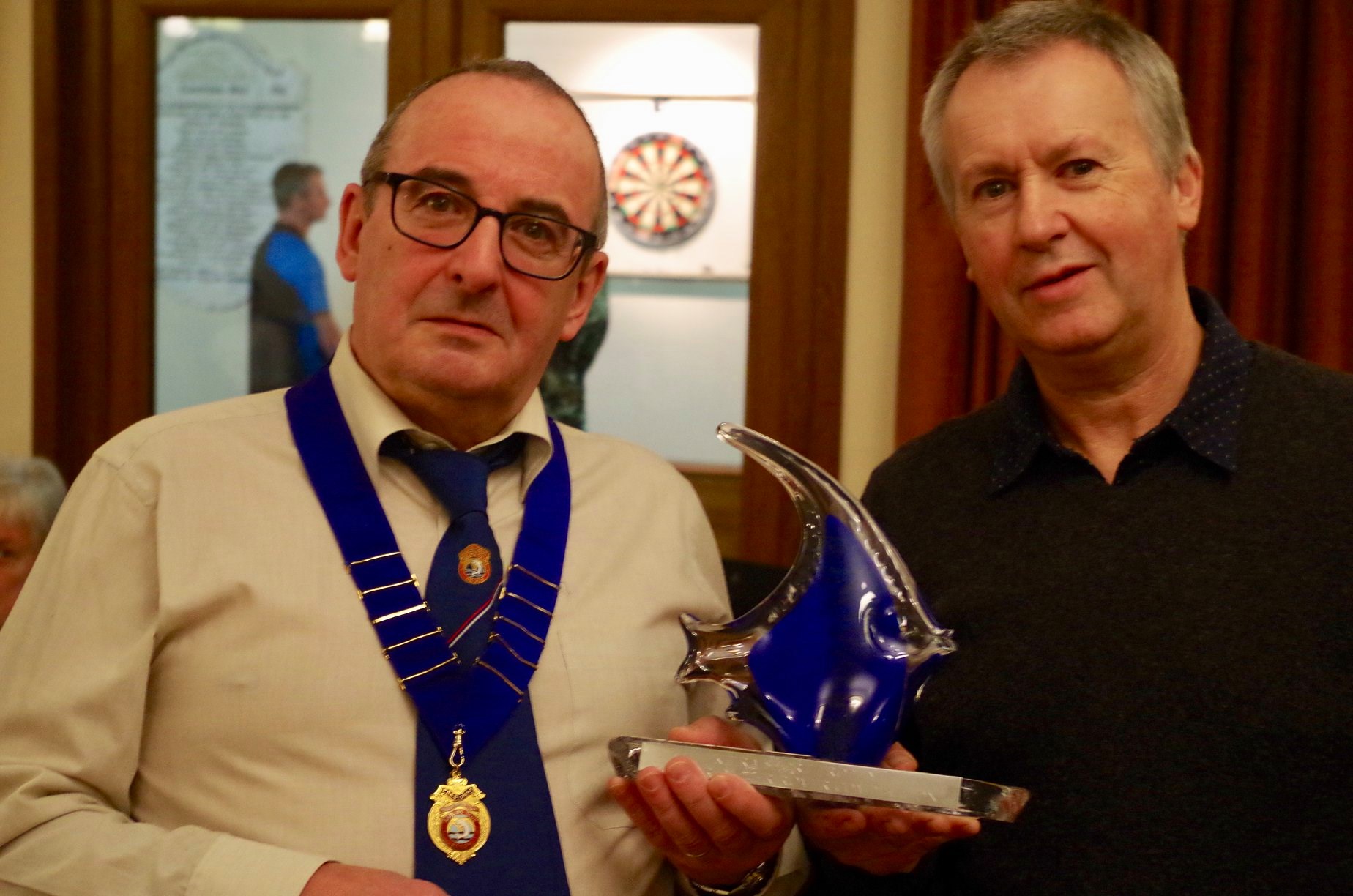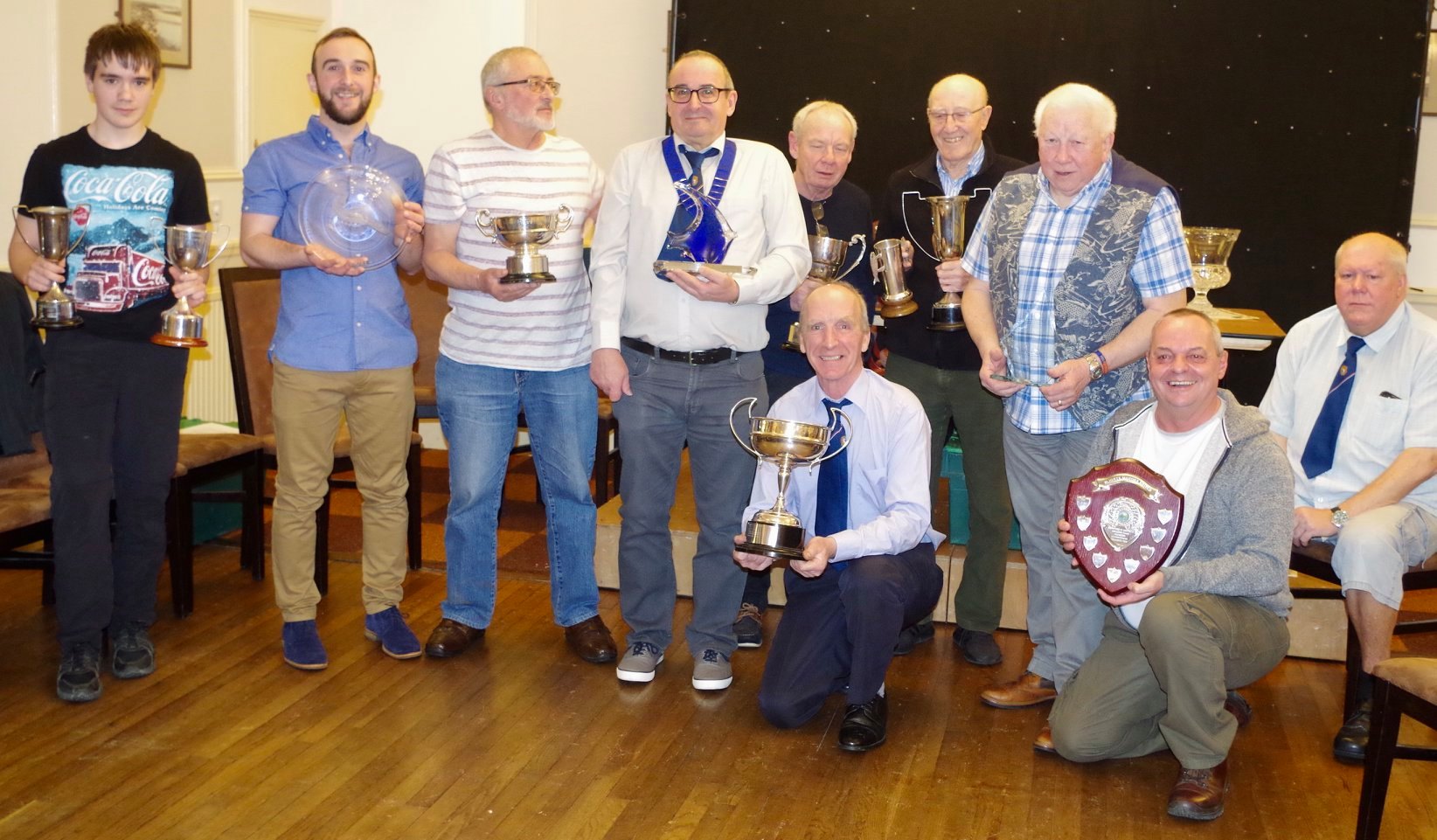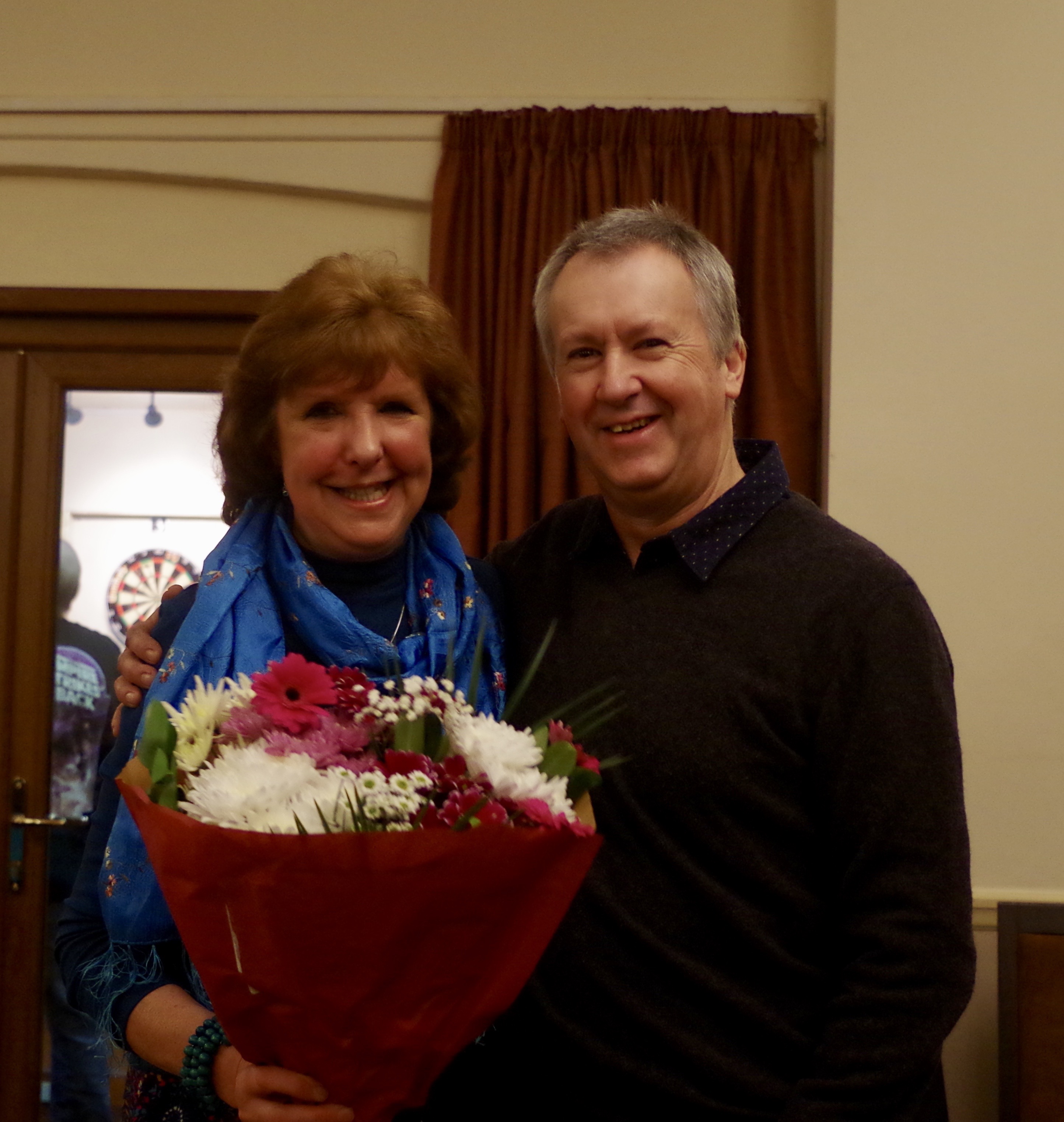Wimbleball Fly Fishery launches wheelchair-accessible boat for disabled anglers
The Coulam 16 Wheelyboat, a purpose-built angling boat, will join the growing fleet in Somerset
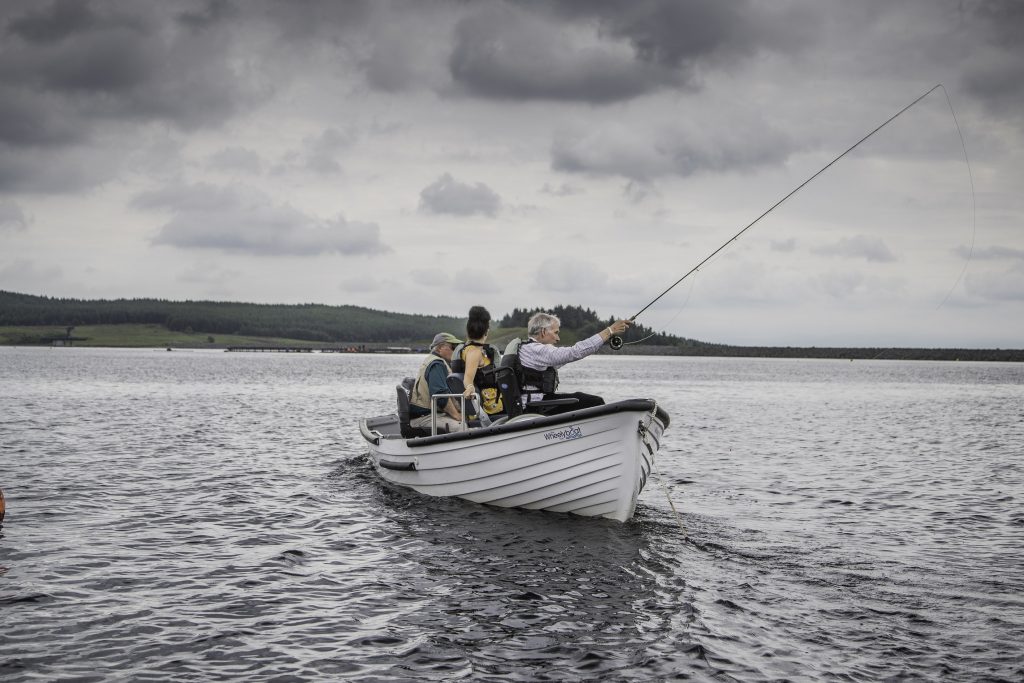
On Sunday 1st March 2020, the opening day of the new fishing season at Wimbleball Lake in the Exmoor National Park, Somerset, a new Coulam 16 Wheelyboat – specially designed for angling – will be launched, thanks to a joint venture by The Wheelyboat Trust, The Angling Trust and Wimbleball Fly Fishery.
The new Coulam 16 Wheelyboat will enable disabled anglers, and wheelchair users in particular, to access the clear waters of Wimbleball Lake, allowing users to fish independently for top quality rainbow and wild brown trout, courtesy of renowned Rainbow Valley Trout Farm near Bampton. The new boat is the result of a partnership between national charities The Wheelyboat Trust and Angling Trust that provided seven part-funded Coulam 16 Wheelyboats. The funds for the project were generously provided by The Peter Harrison Foundation and Lord Barnby’s Charitable Trust.
Fisheries across the UK were invited to apply for the seven Wheelyboats, and Wimbleball Fly Fishery is the first to be launched. A crowd of bank anglers, boat anglers and VIP guests from South West Lakes Trust, the Environment Agency, South West Fishing for Life and The Wheelyboat Trust will gather on the pontoon to see the new Coulam 16 Wheelyboat set off for her first fish of the season. Trudi Underhill will launch the new boat with a bottle of bubbly and Gillian Payne from South West Fishing for Life will cut a ceremonial ribbon. Guests will hear speeches from Mark Underhill, who owns Rainbow Valley Trout Farm and leases the fishing at Wimbleball, and Andy Beadsley, Director of The Wheelyboat Trust. Andy Beadsley and Patrick Veale will be the first disabled anglers to take to the water.
Mark Underhill, Proprietor of Wimbleball Fly Fishery, says: “With our new Wheelyboat, disabled anglers will be able to fish across the 374-acre Wimbleball Lake, exploring the many bays and inlets, all stocked with some of the best trout in the country. Our new Wheelyboat will join the existing Mk II Wheelyboat, which was launched in 2005, as well as eight other Coulam-built boats already on the lake, with a further two arriving early in the season. It’s fantastic that our growing fleet of Wheelyboats will be able to accommodate more disabled anglers, allowing more people to indulge in their passion for fishing or indeed take up the sport for the first time.”
Andy Beadsley, Director of The Wheelyboat Trust, says: “As a disabled angler myself, I know first-hand the enjoyment that comes from casting a line and whiling away a few hours on the water doing something you love. We’re delighted that another Wheelyboat will be calling Wimbleball Lake home and hope that many disabled anglers and hopefully those new to the sport too, will come and experience for themselves the joy of angling independently.”
Ben Smeeth, Head of Angling at the South West Lakes Trust, adds: “The provision of a new Wheelyboat for fishing at Wimbleball Lake fits perfectly with our aims at South West Lakes Trust to enable as many people as possible, of all abilities and ages, to enjoy themselves at our lakes. Being outdoors and active and in particular taking part in fishing can have great benefits to peoples’ health and I fully support this great addition to Wimbleball Fishery.”
Coulam 16 Wheelyboats are widely used on fisheries large and small across the country, along with more than 1,000 standard Coulam 15s and 16s that the Wheelyboat model is based on. Access on and off is via a ramp from a pontoon onto a hydraulic platform built into the boat, that lowers the angler from gunwale height to floor level with ease. Once on board, the angler can sit at the bow or the stern and is able to operate the boat entirely independently. The Coulam 16 Wheelyboat can accommodate up to three people, uses an outboard motor up to 10hp and is designed primarily for angling on stillwaters, on the drift or at anchor. The smaller Coulam 15 Wheelyboat is designed for angling on rivers, e.g. the River Tweed, where a boatman rows and the angler fishes from the stern.
The Wheelyboat Trust currently supplies four models of Wheelyboat that provide disabled people with independent access to a wide range of activities on inland and inshore waters including angling, nature watching, pleasure boating and powerboating. All Wheelyboats are hand built and fitted out to order by Jim Coulam of boatbuilders Coulam Ltd having been designed by naval architect Andrew Wolstenholme.
As a charity The Wheelyboat Trust relies on donations from individuals and organisations and their work could not continue without the ongoing generosity they provide. To donate and help The Wheelyboat Trust get more disabled people out on the water, please visit: www.wheelyboats.org/current-projects.
To find out more about The Wheelyboat Trust, visit www.wheelyboats.org.

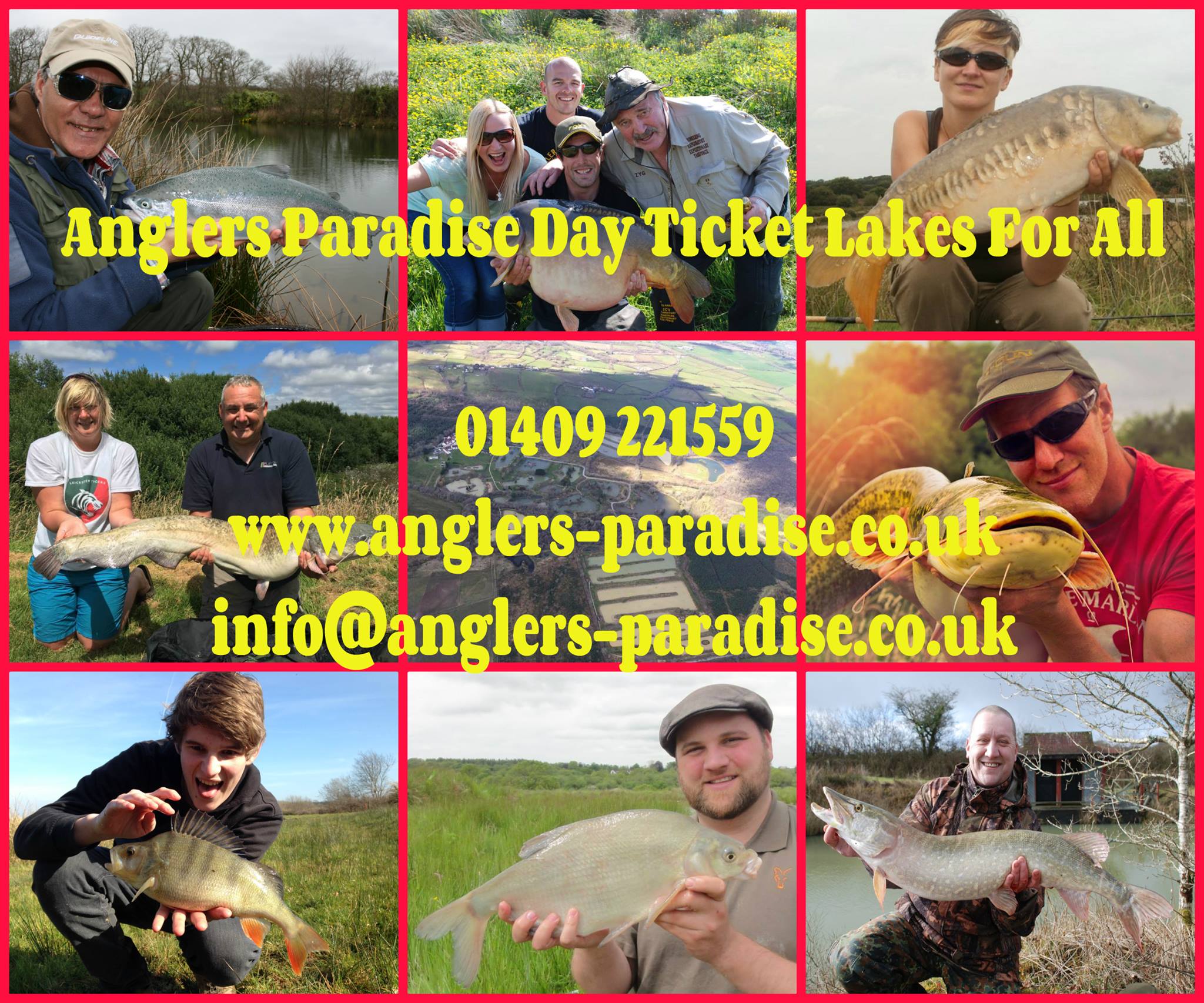

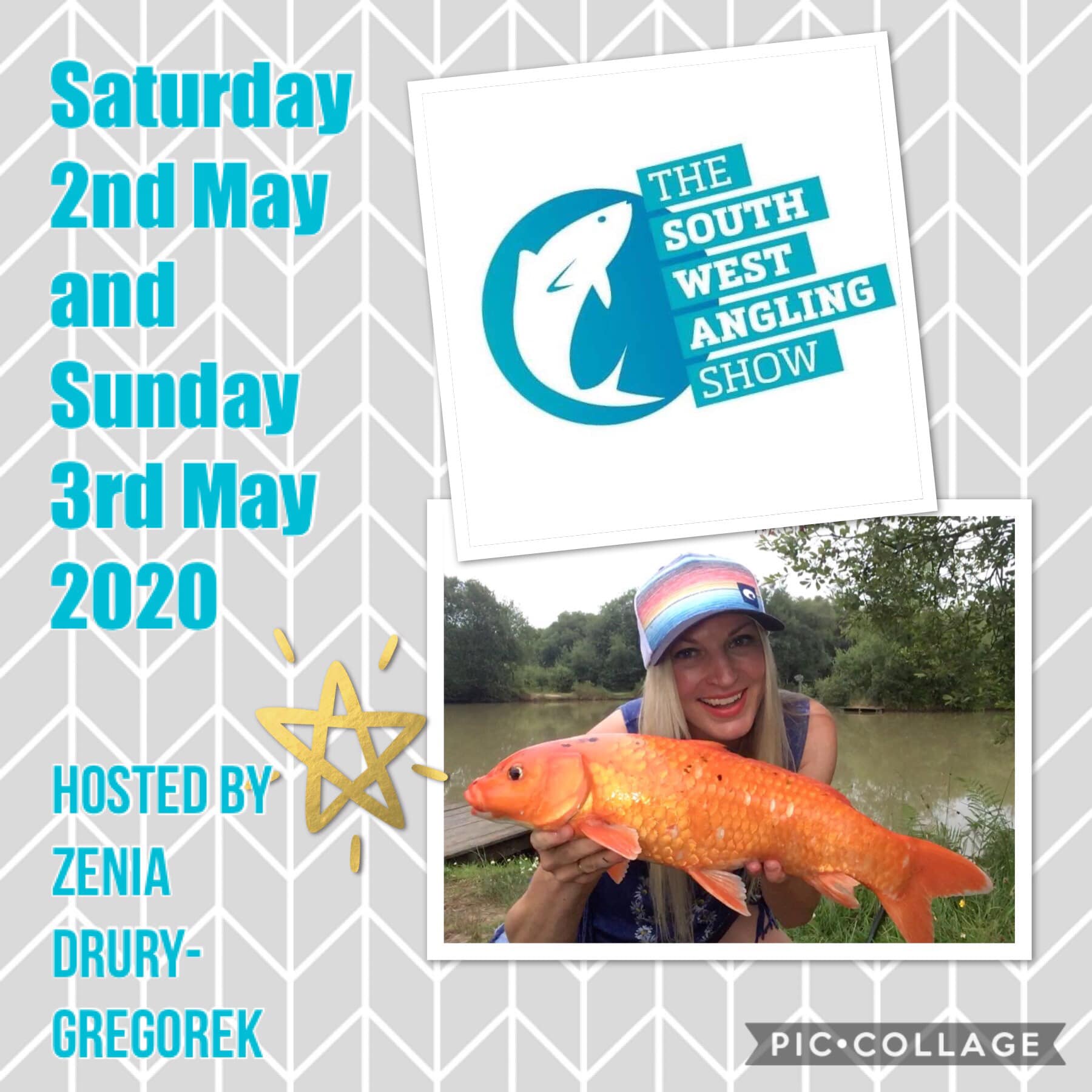
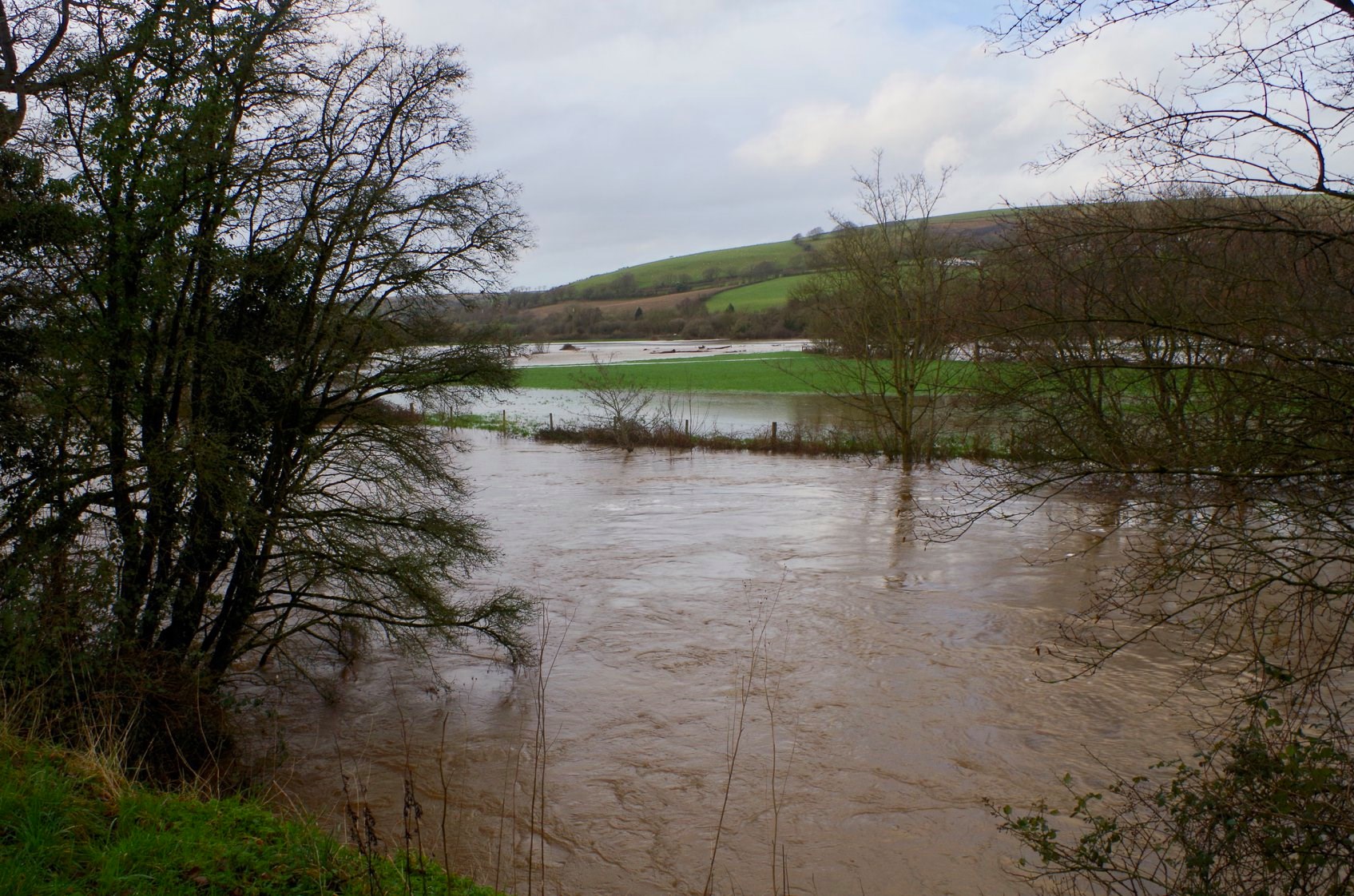 A new salmon season began on Sunday March 1st but looking at the Taw below Newbridge on the eve of the season I doubt if any of the North Devon rivers will be fishable for at least a week. Early season is often hampered by high river levels and in the longer term this could be to anglers advantage as it will hopefully mean that there is a plenty of water well into the season. The early part of the season can produce some of the biggest fish of the year with big fresh run spring salmon one of angling greatest prizes. Don’t forget that all salmon have to be returned to the river in the first three months of the season. Catch and release is also encouraged throughout the entire season with barbless single hooks preferable.
A new salmon season began on Sunday March 1st but looking at the Taw below Newbridge on the eve of the season I doubt if any of the North Devon rivers will be fishable for at least a week. Early season is often hampered by high river levels and in the longer term this could be to anglers advantage as it will hopefully mean that there is a plenty of water well into the season. The early part of the season can produce some of the biggest fish of the year with big fresh run spring salmon one of angling greatest prizes. Don’t forget that all salmon have to be returned to the river in the first three months of the season. Catch and release is also encouraged throughout the entire season with barbless single hooks preferable.